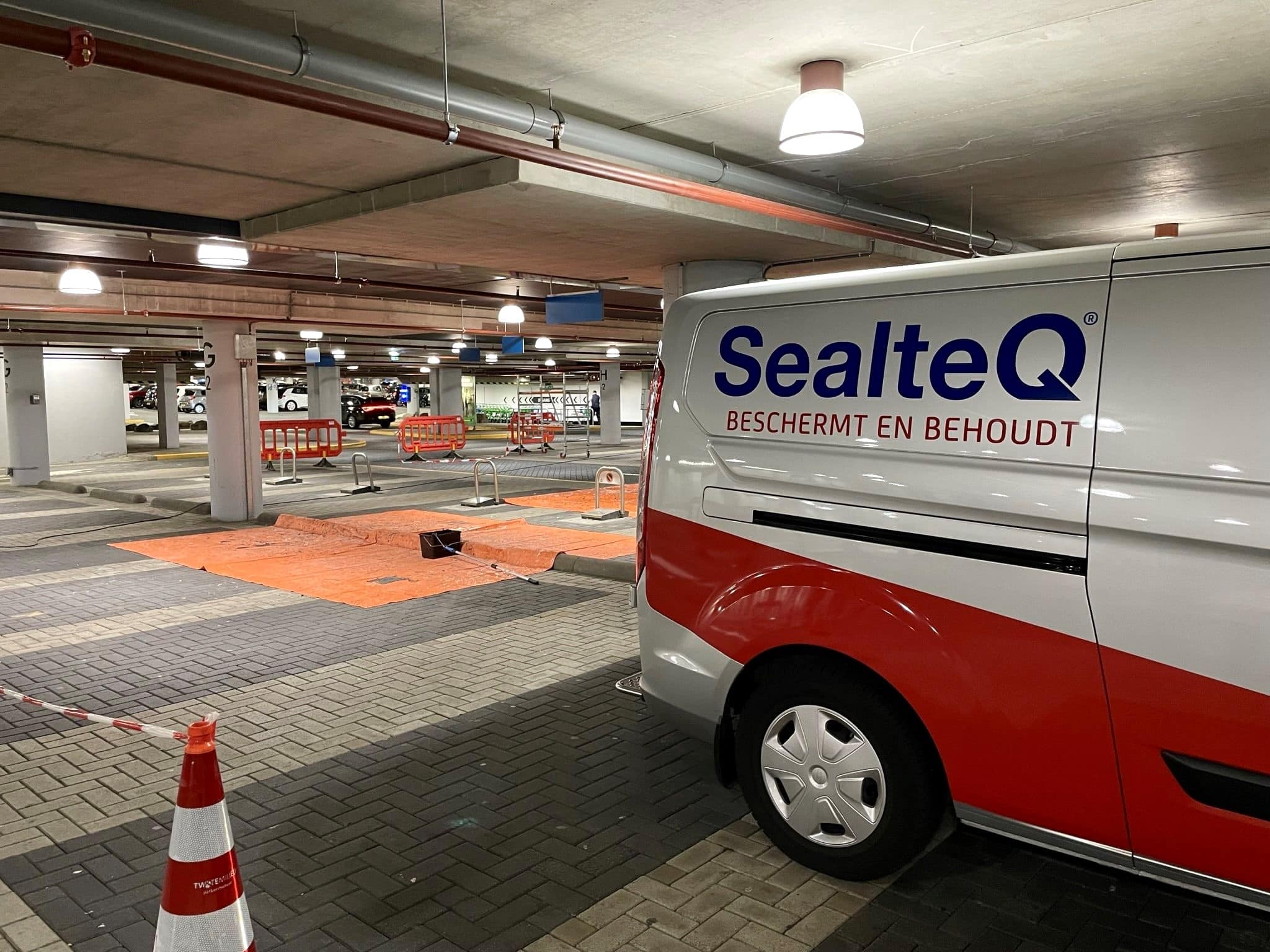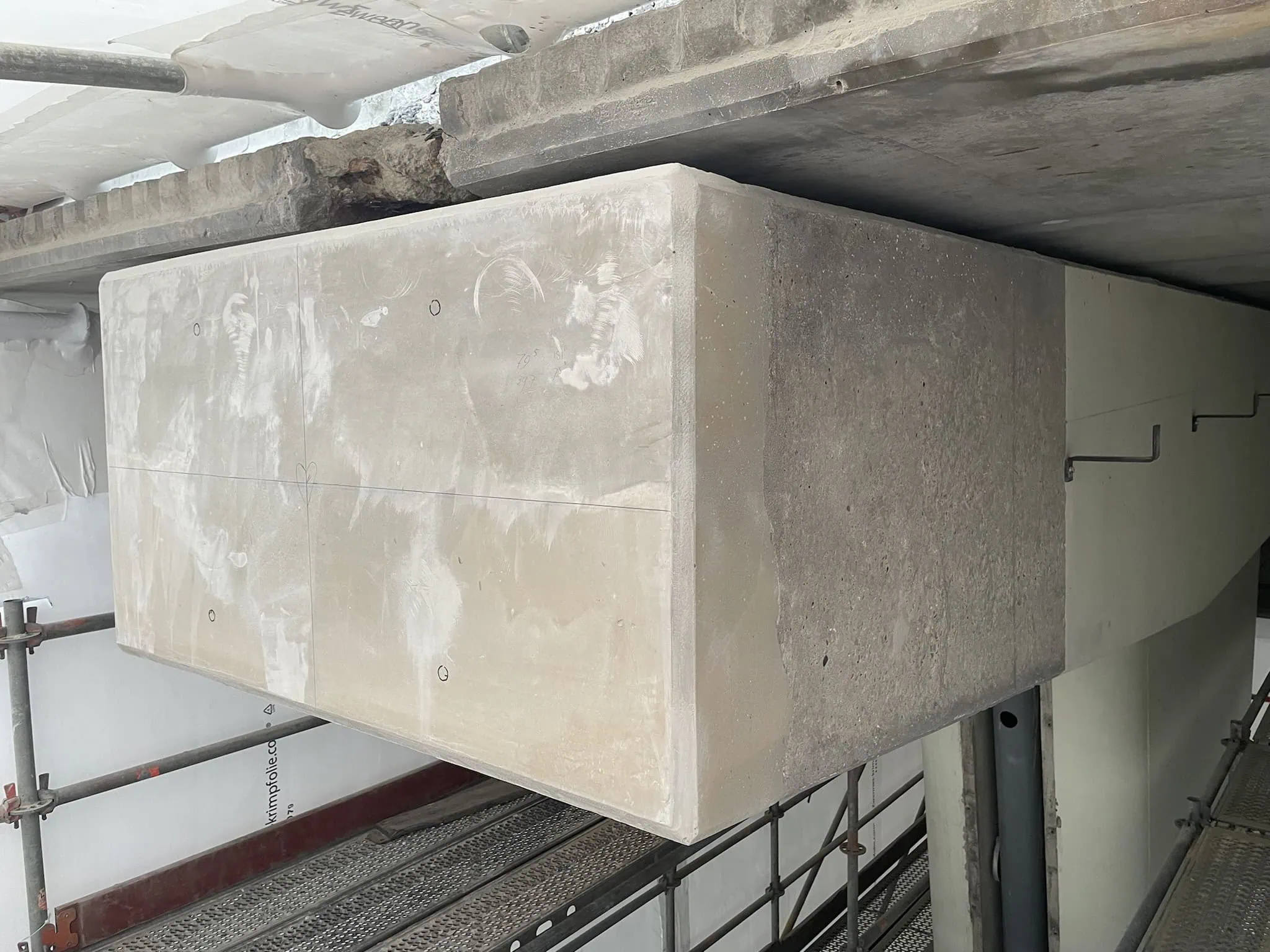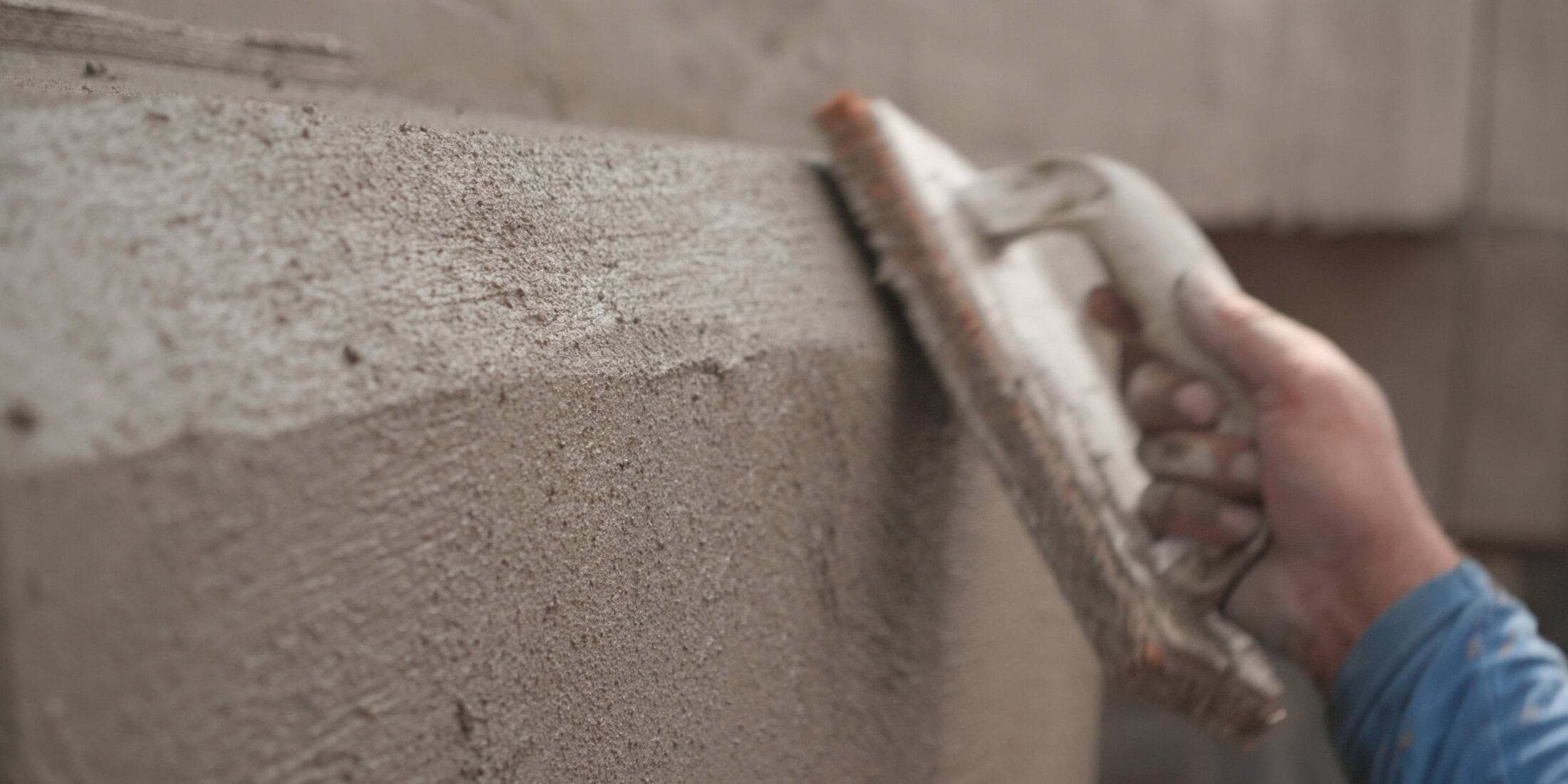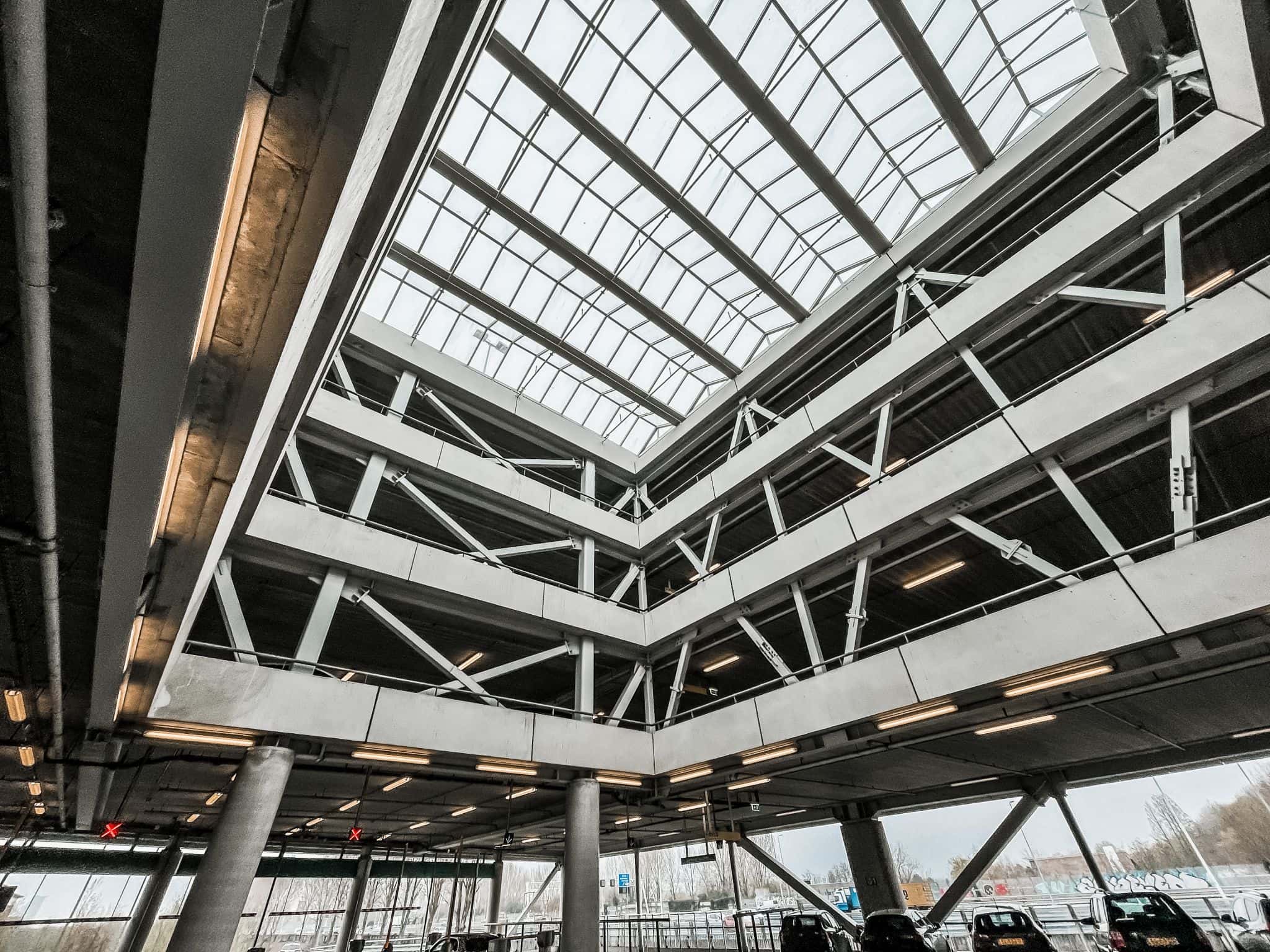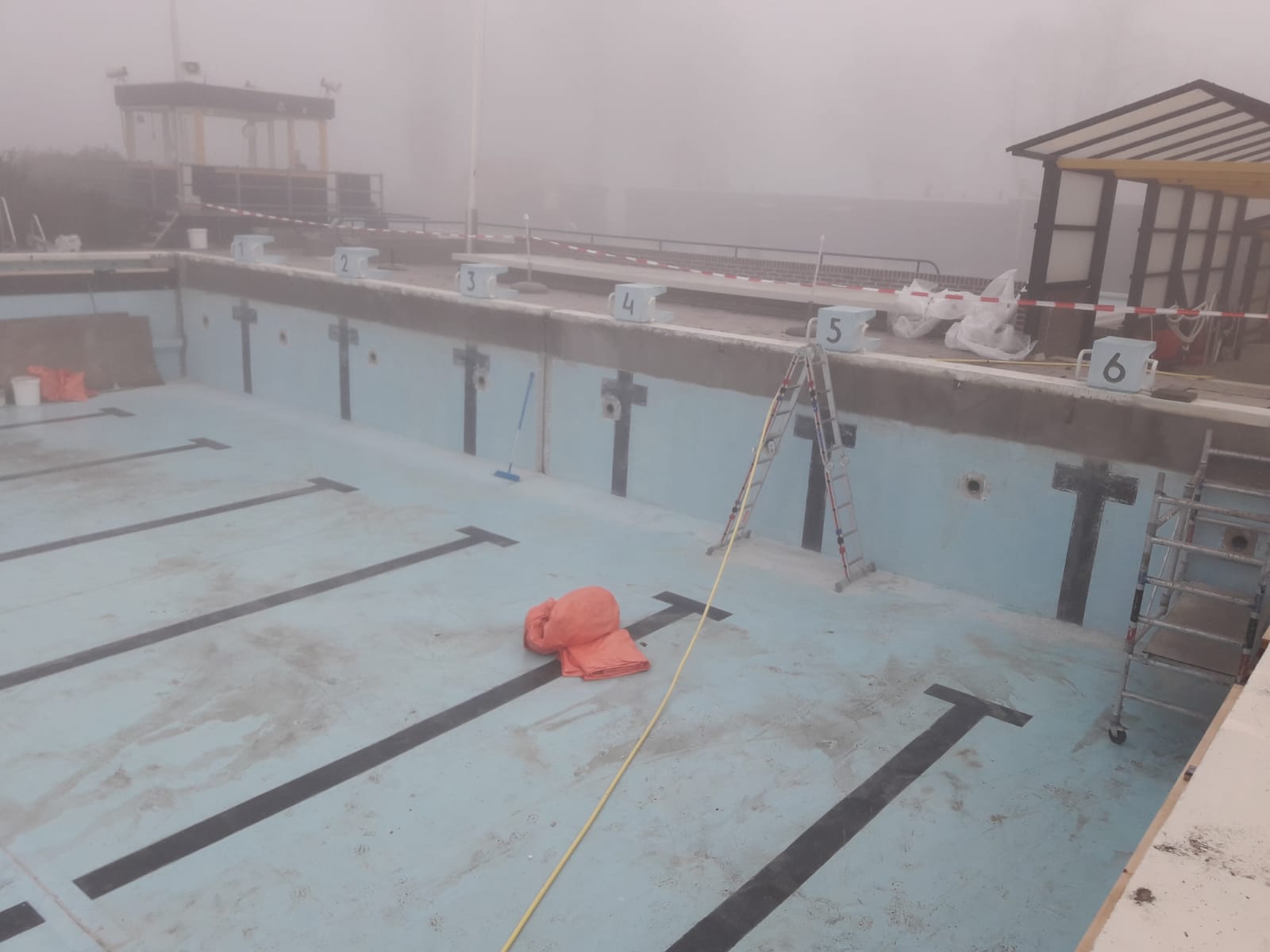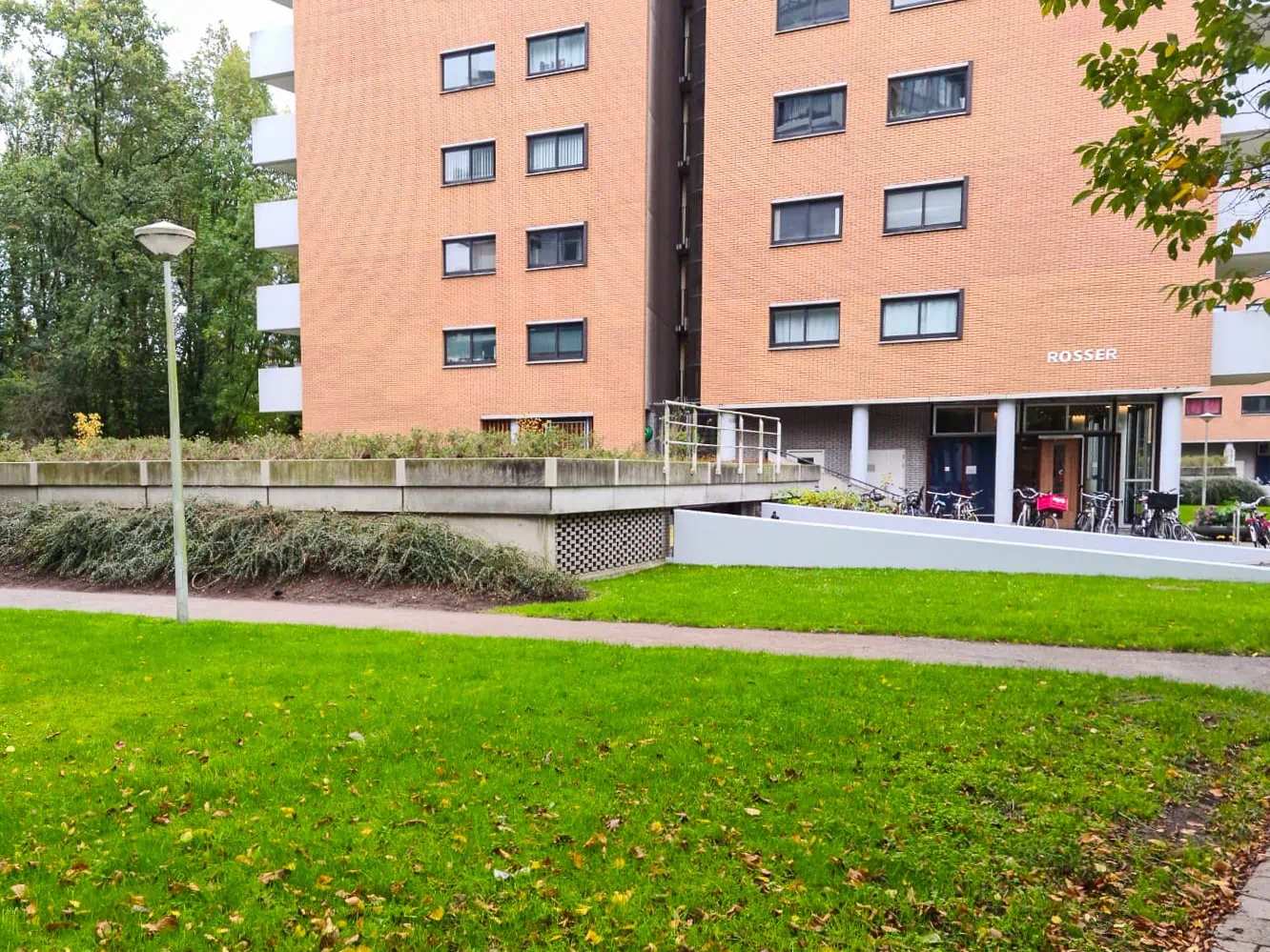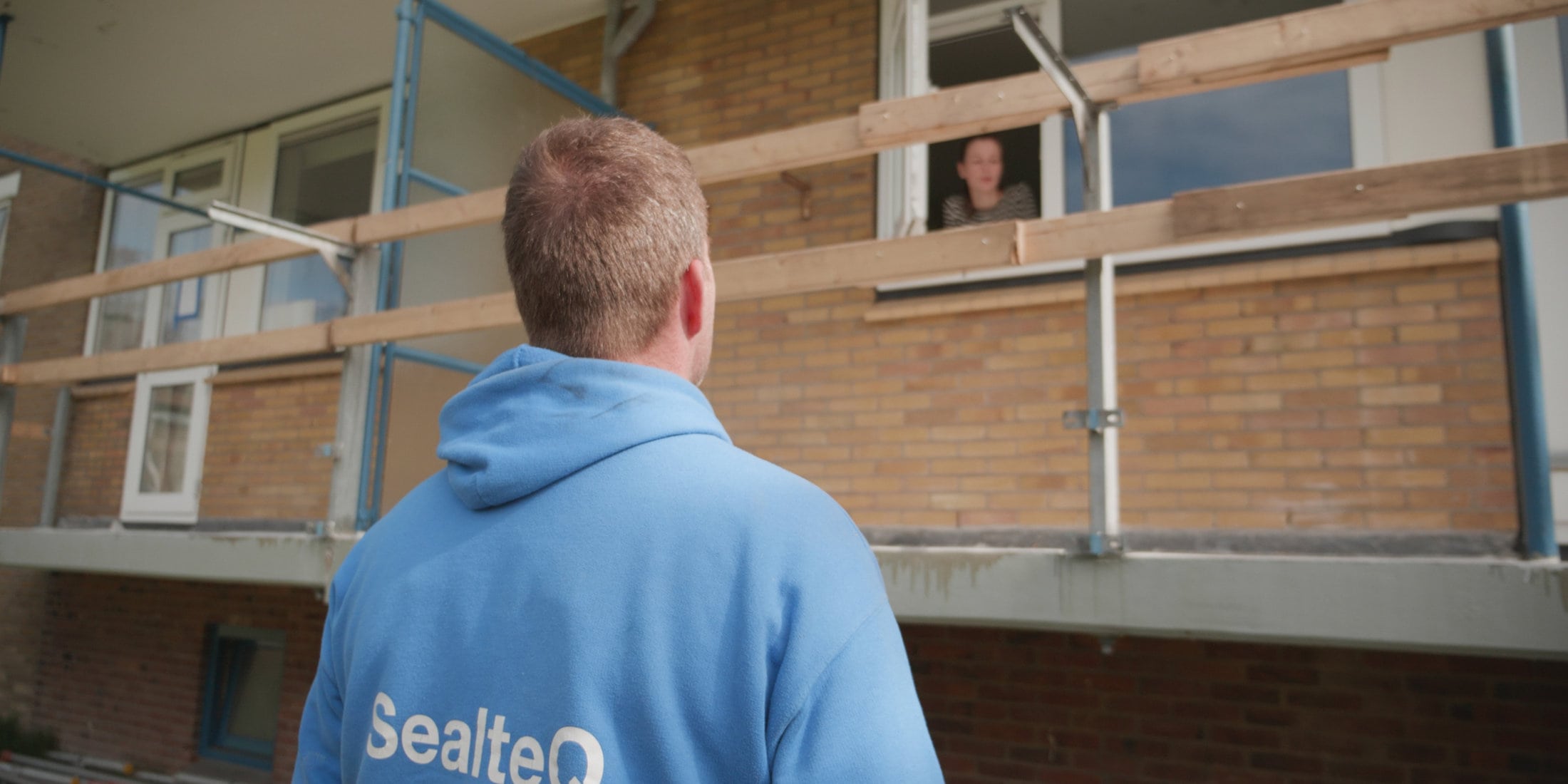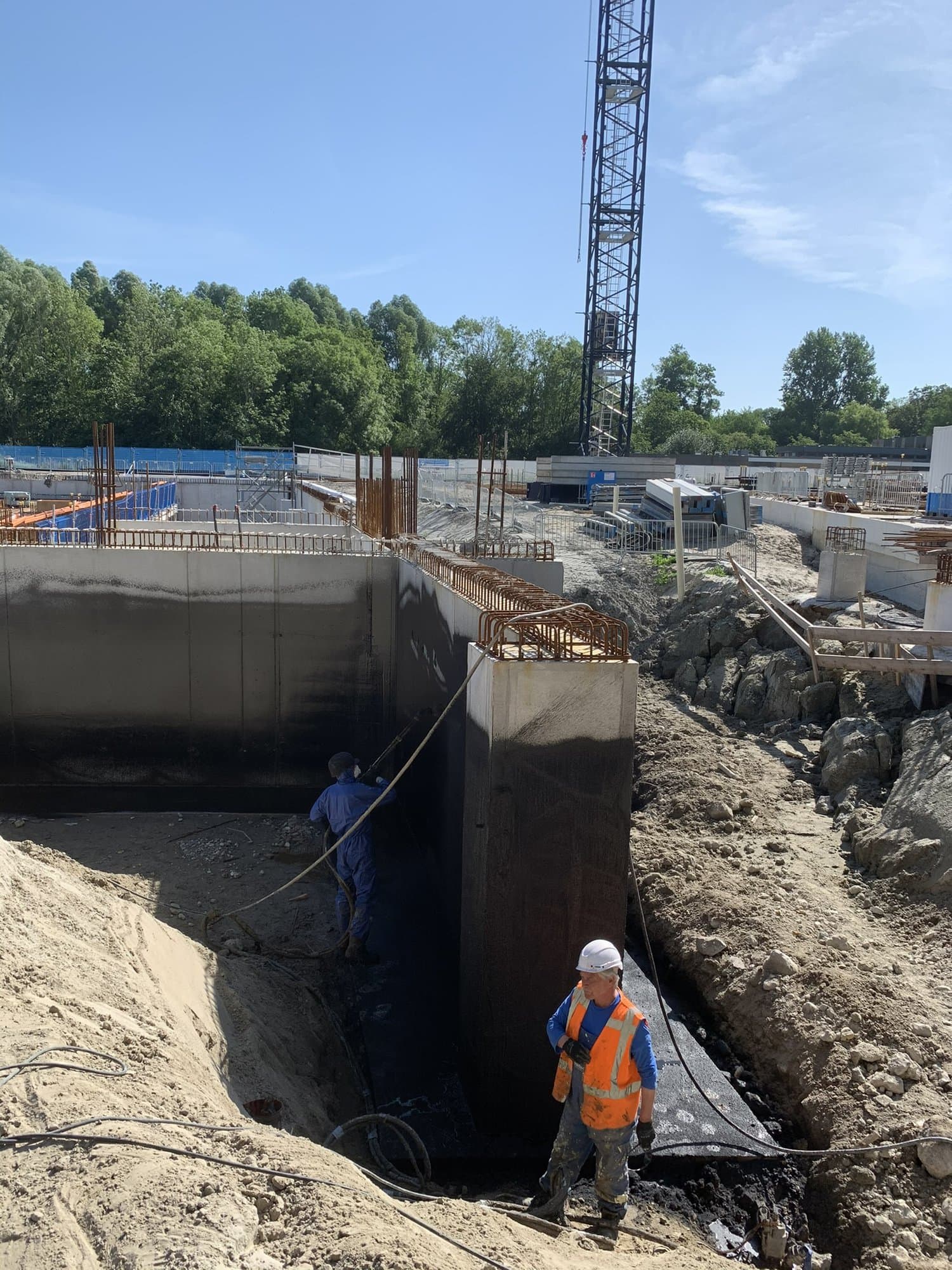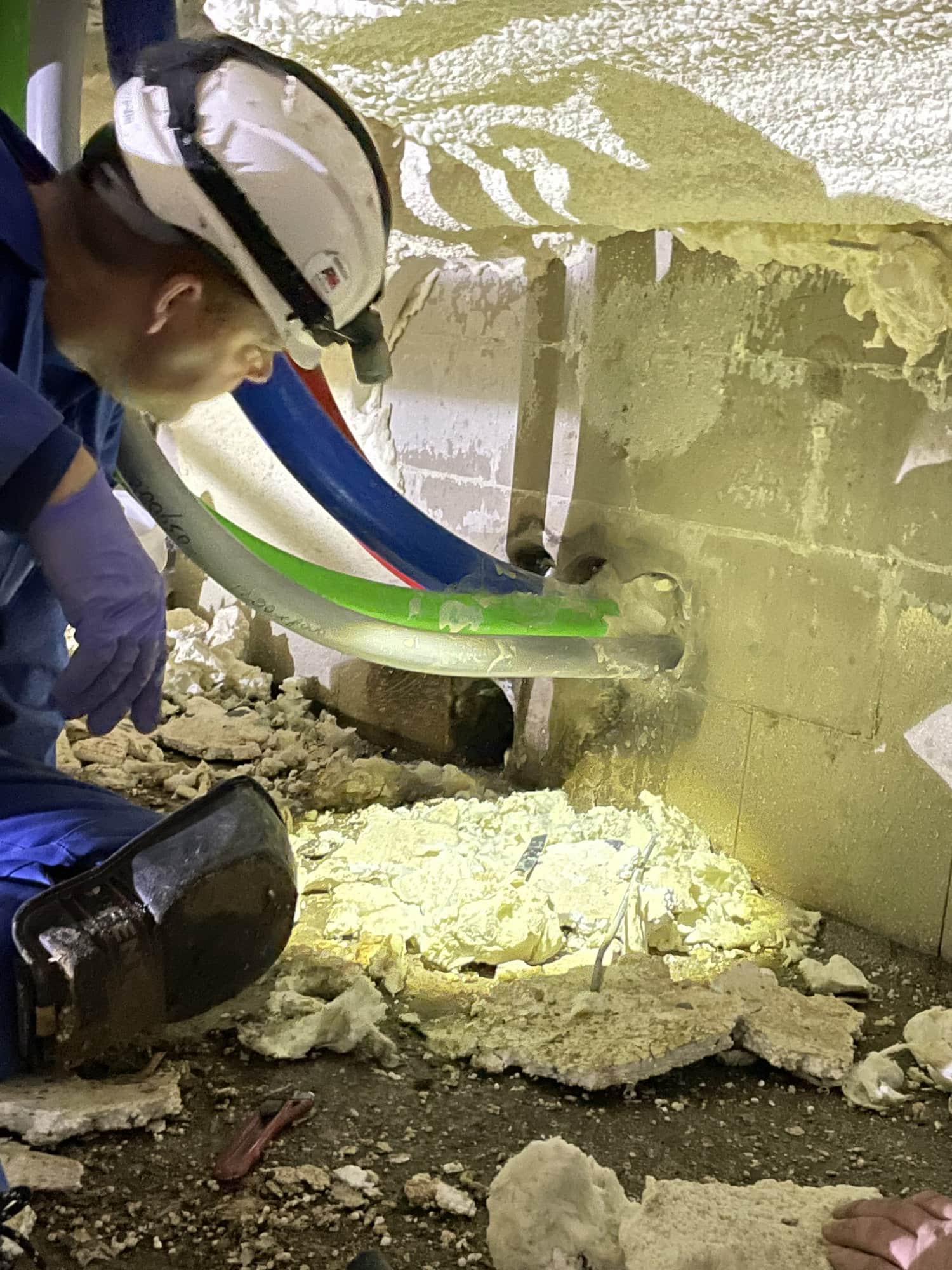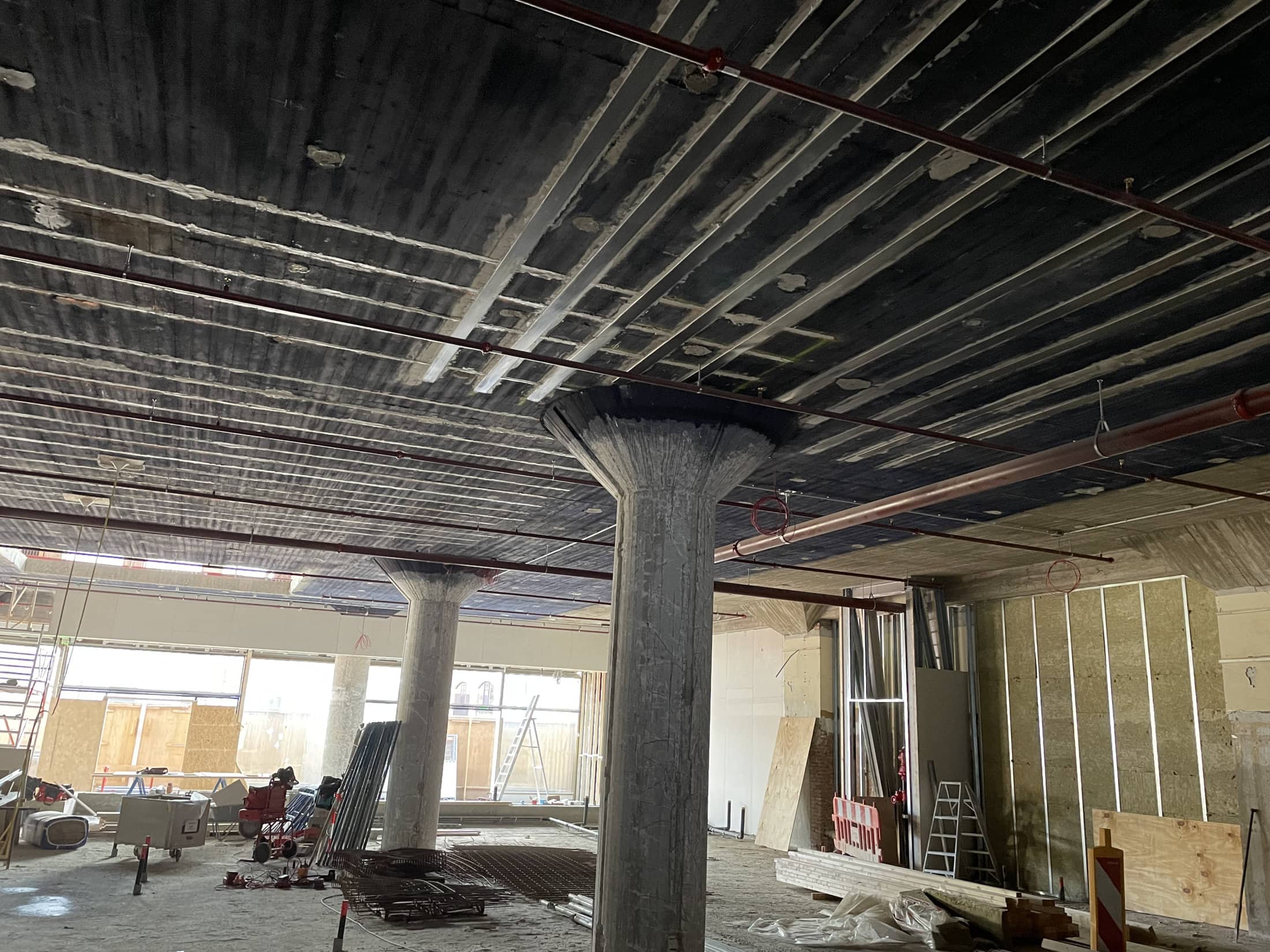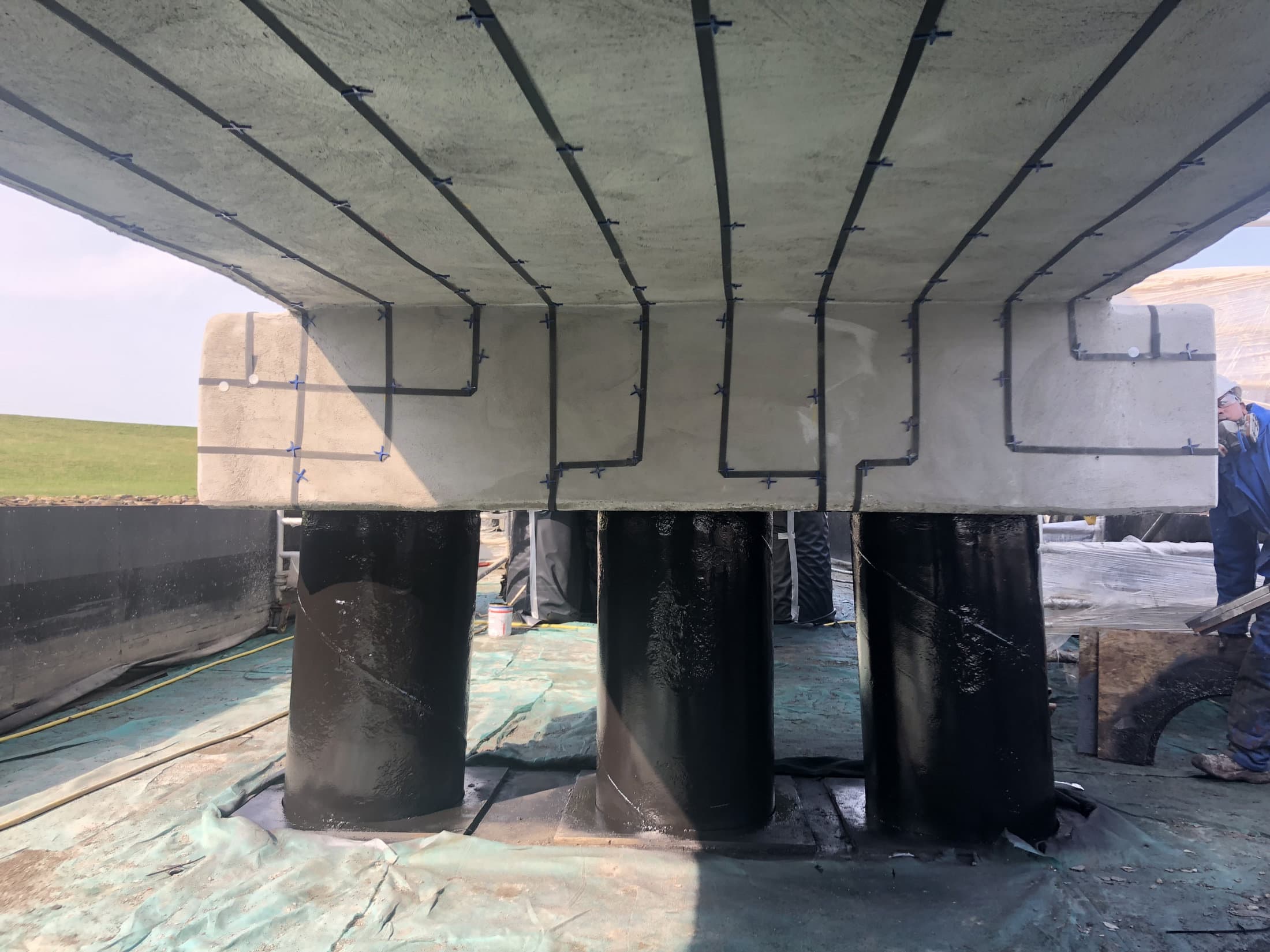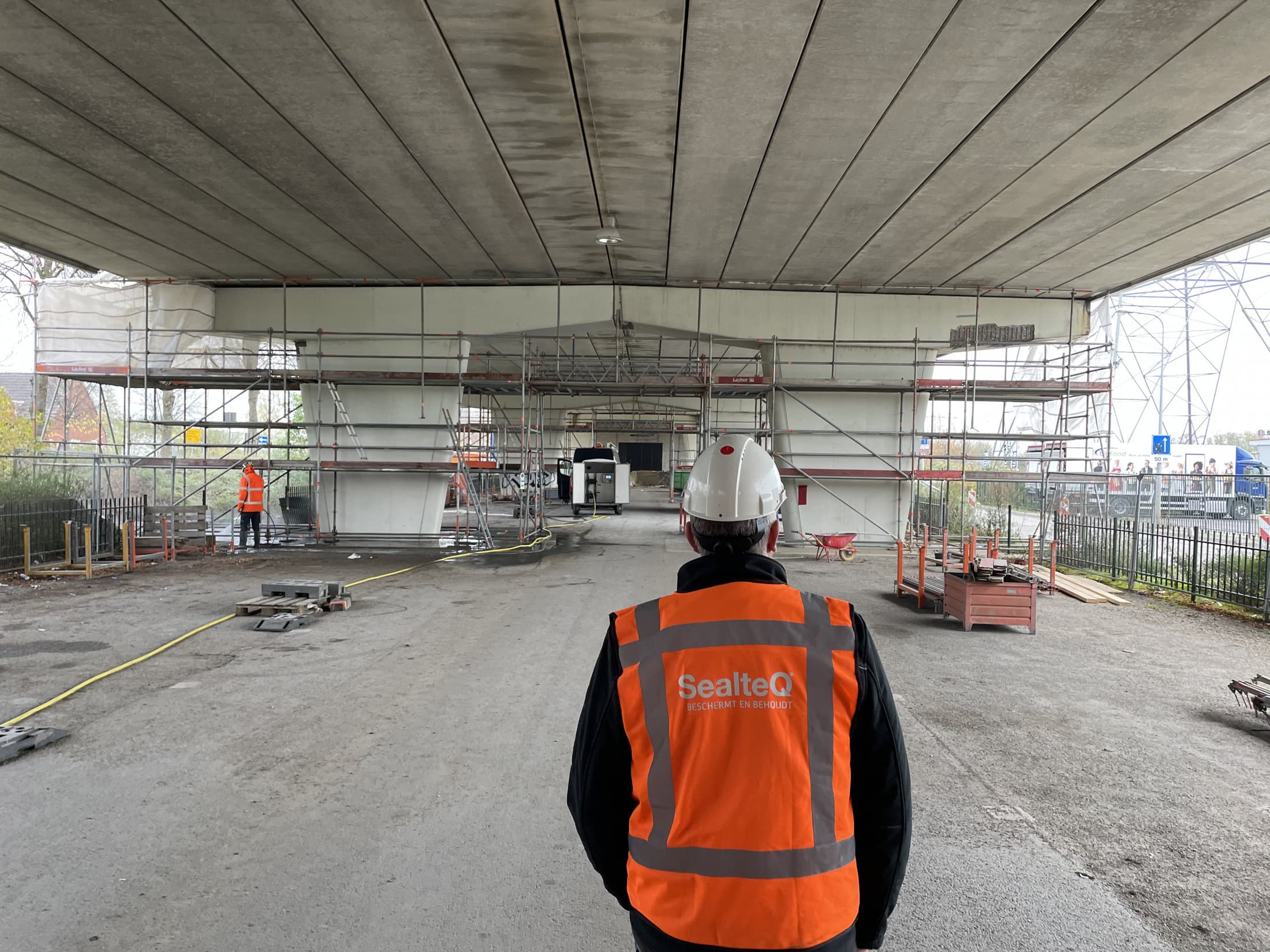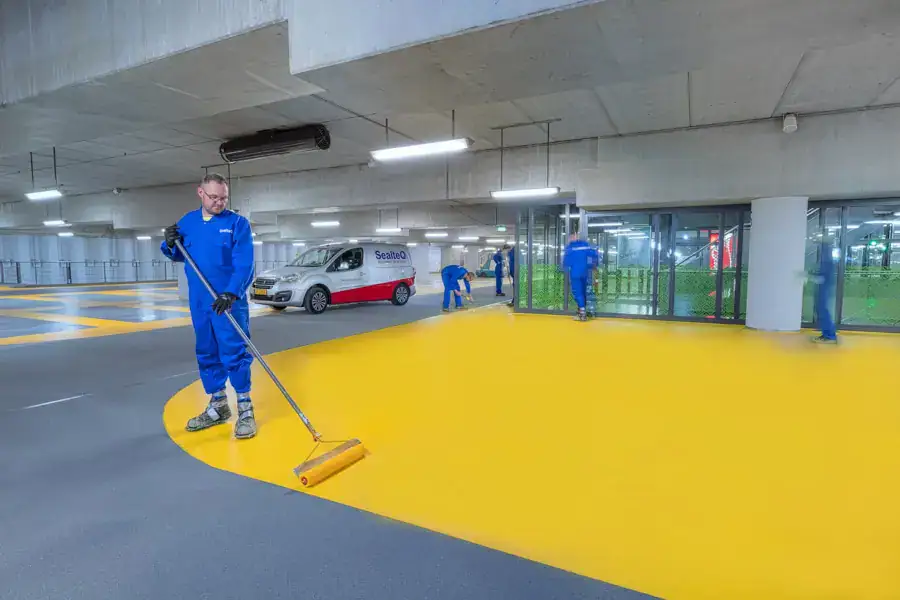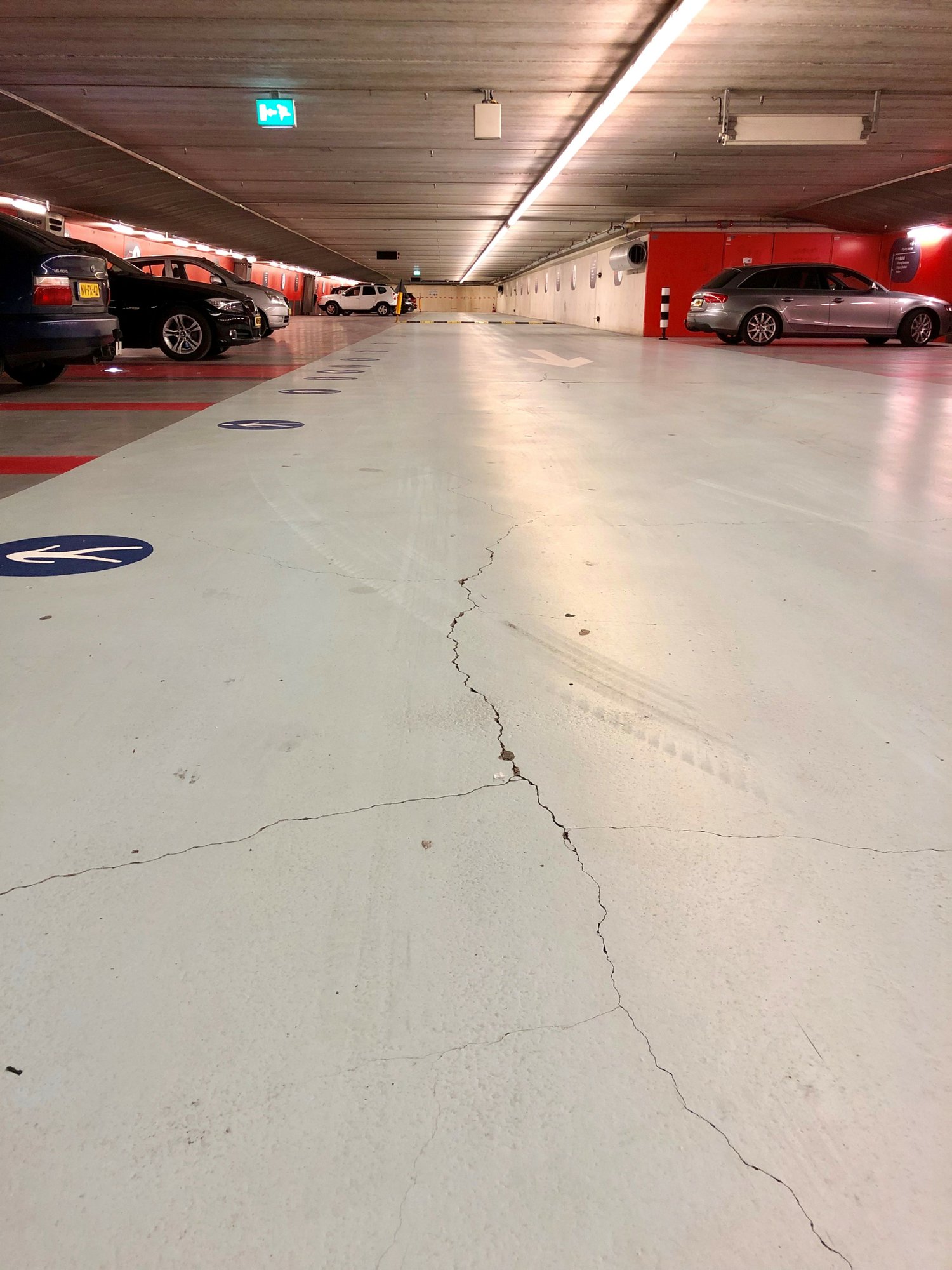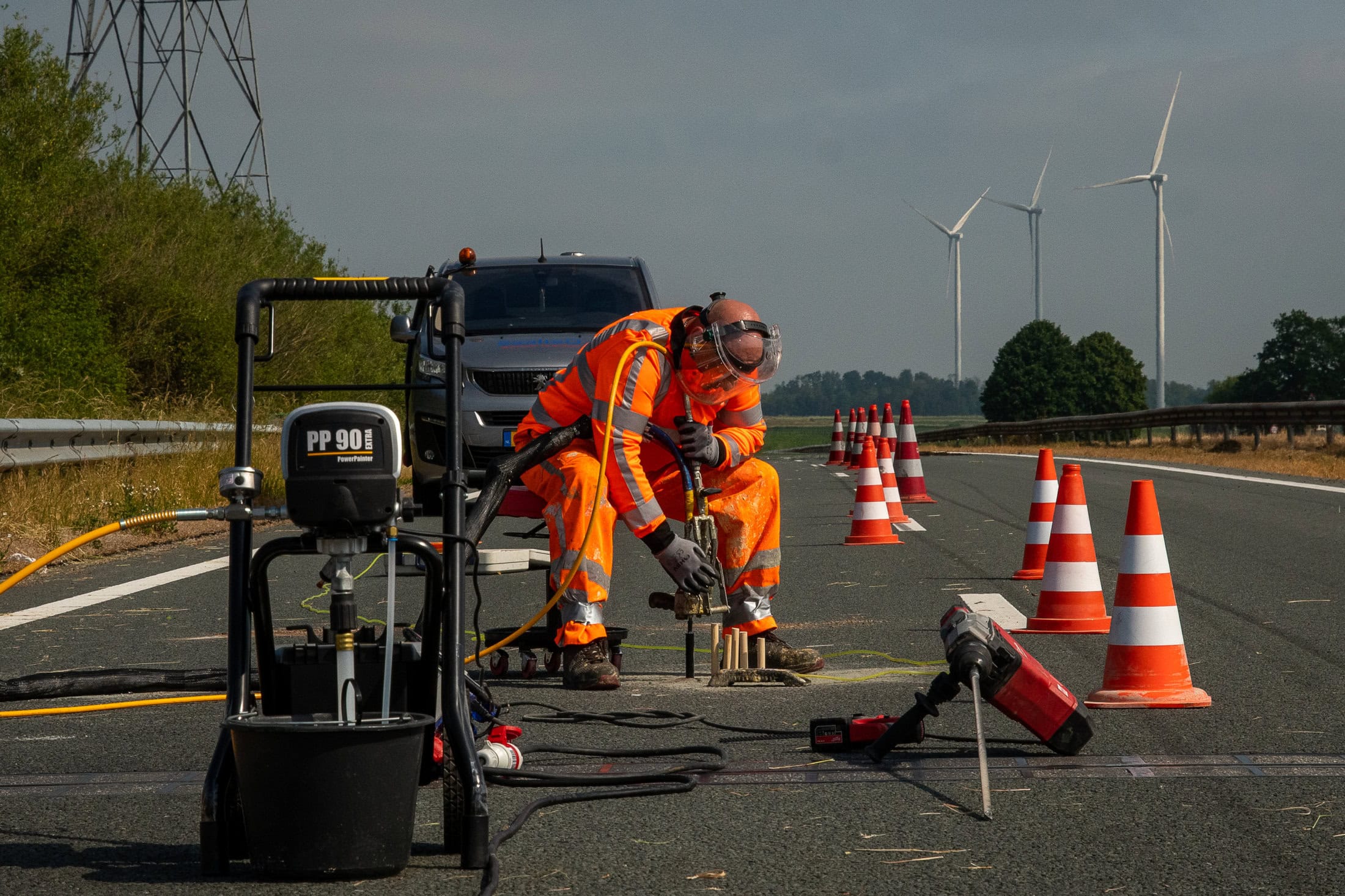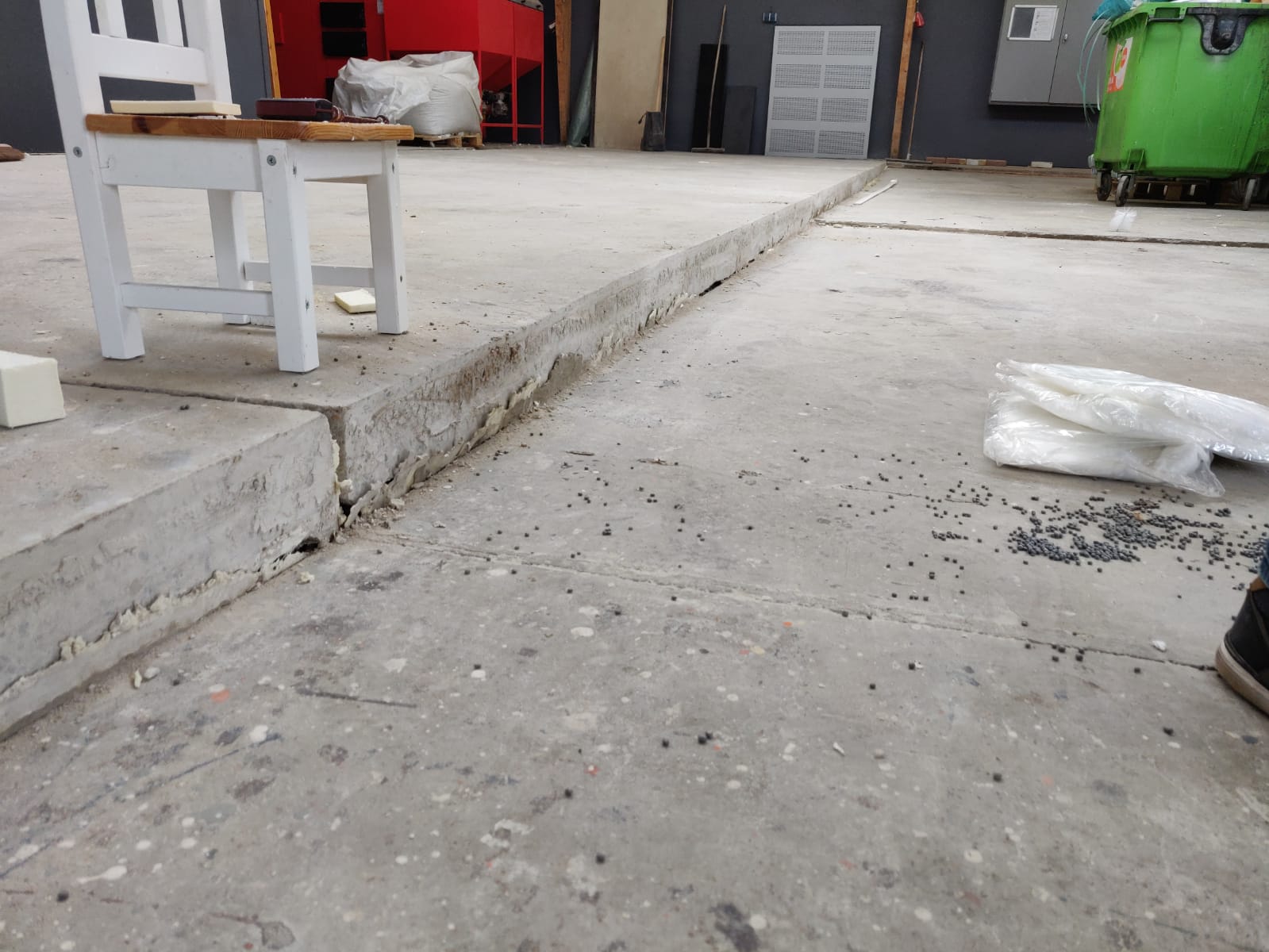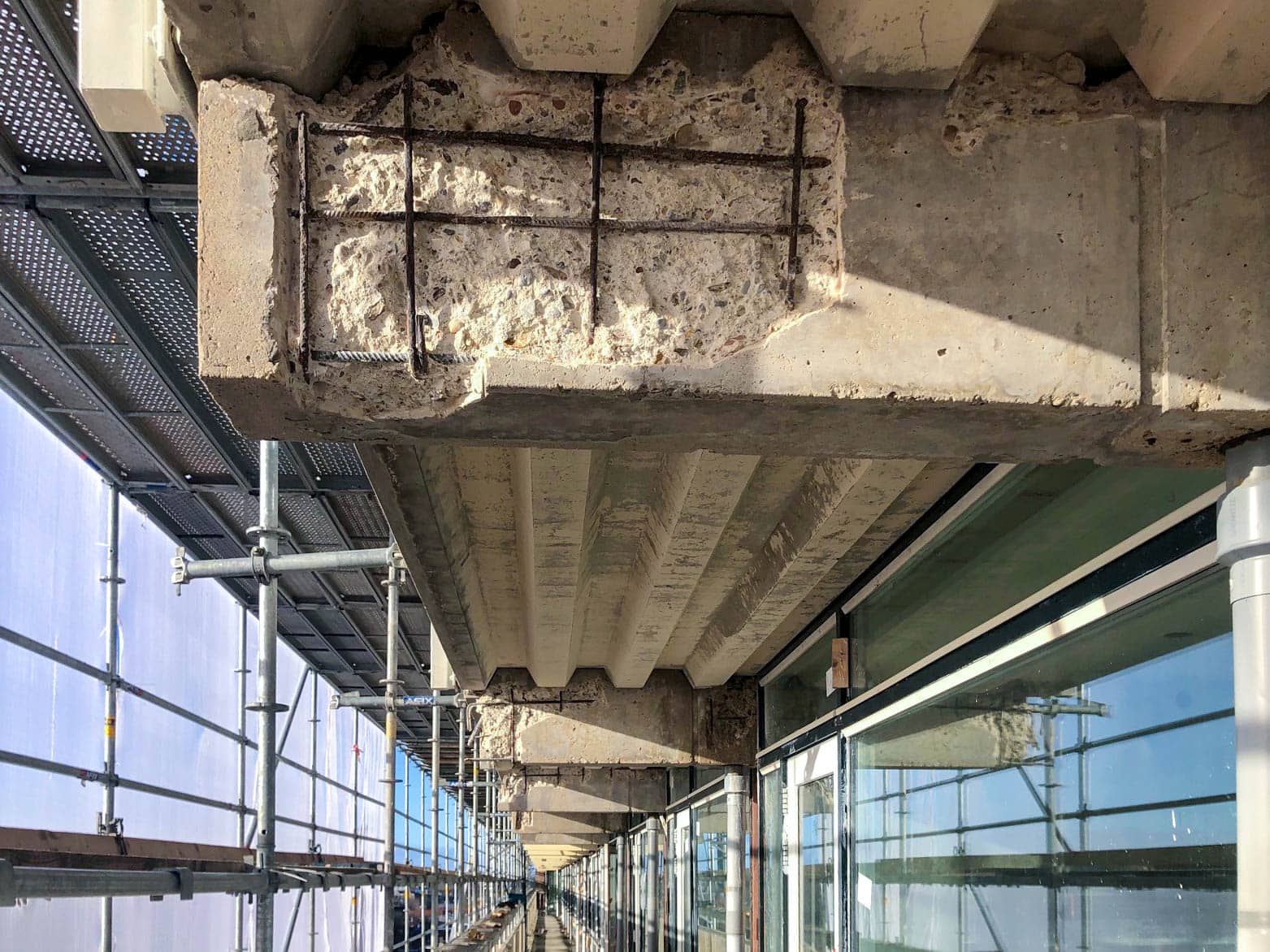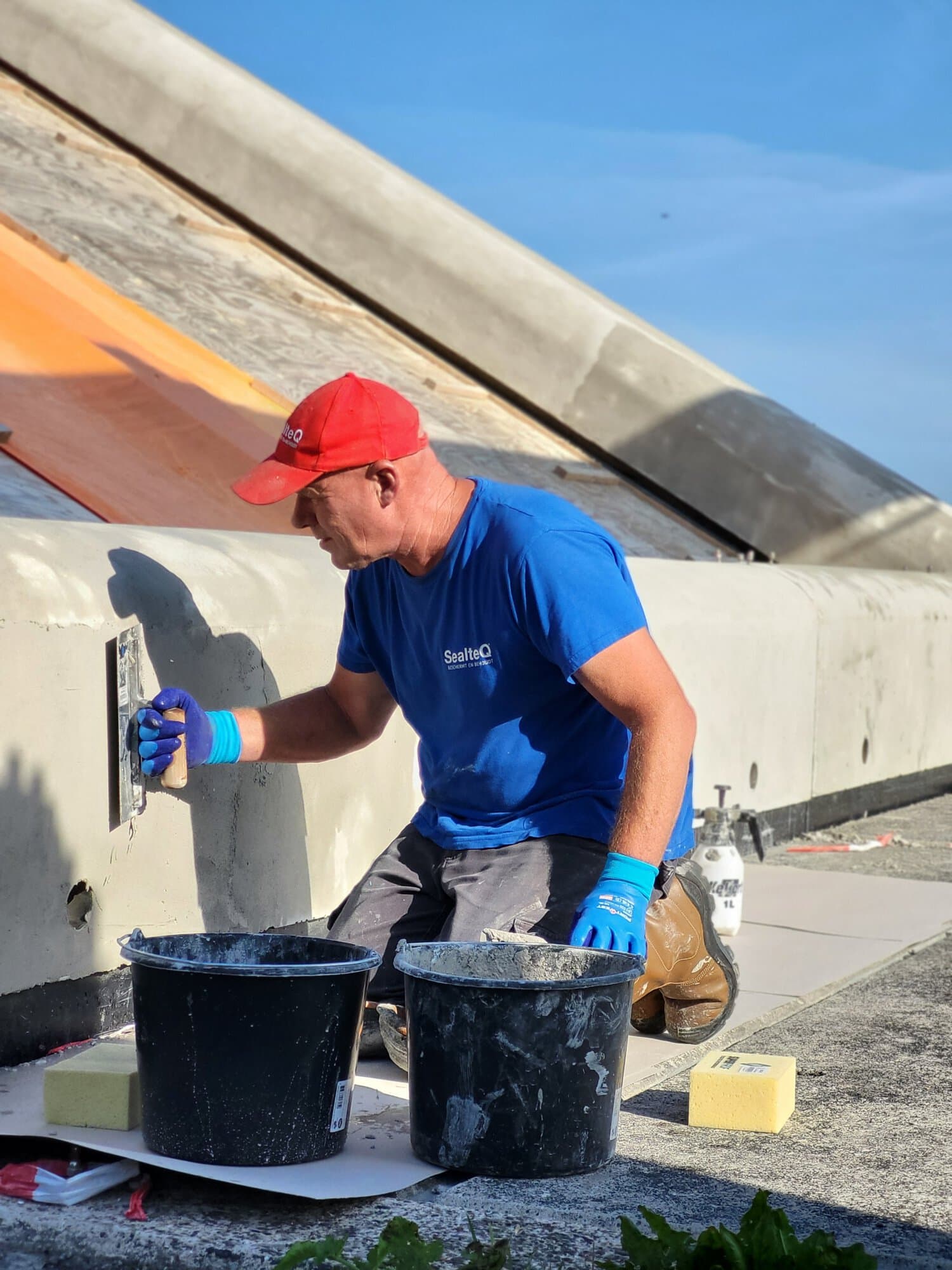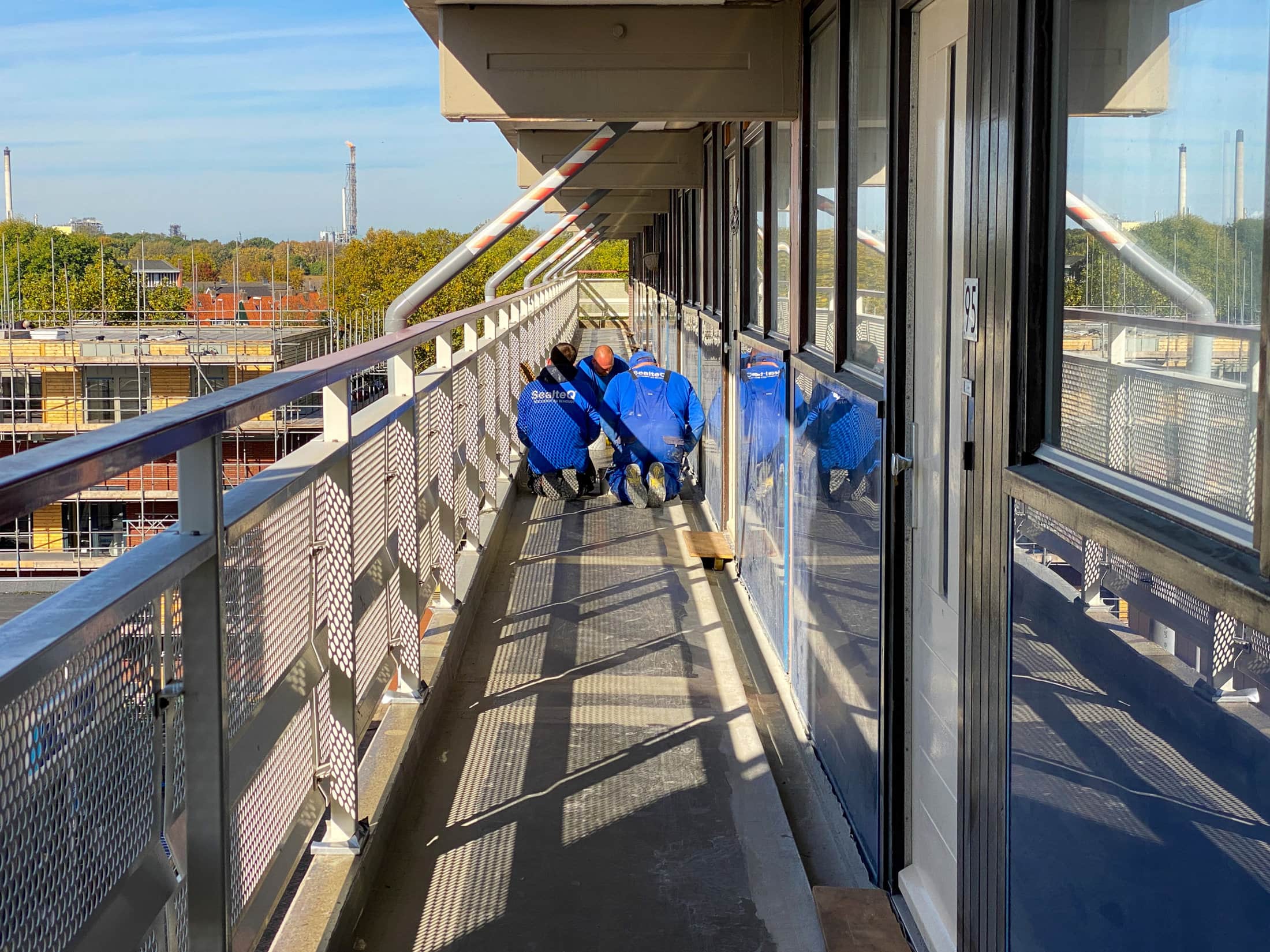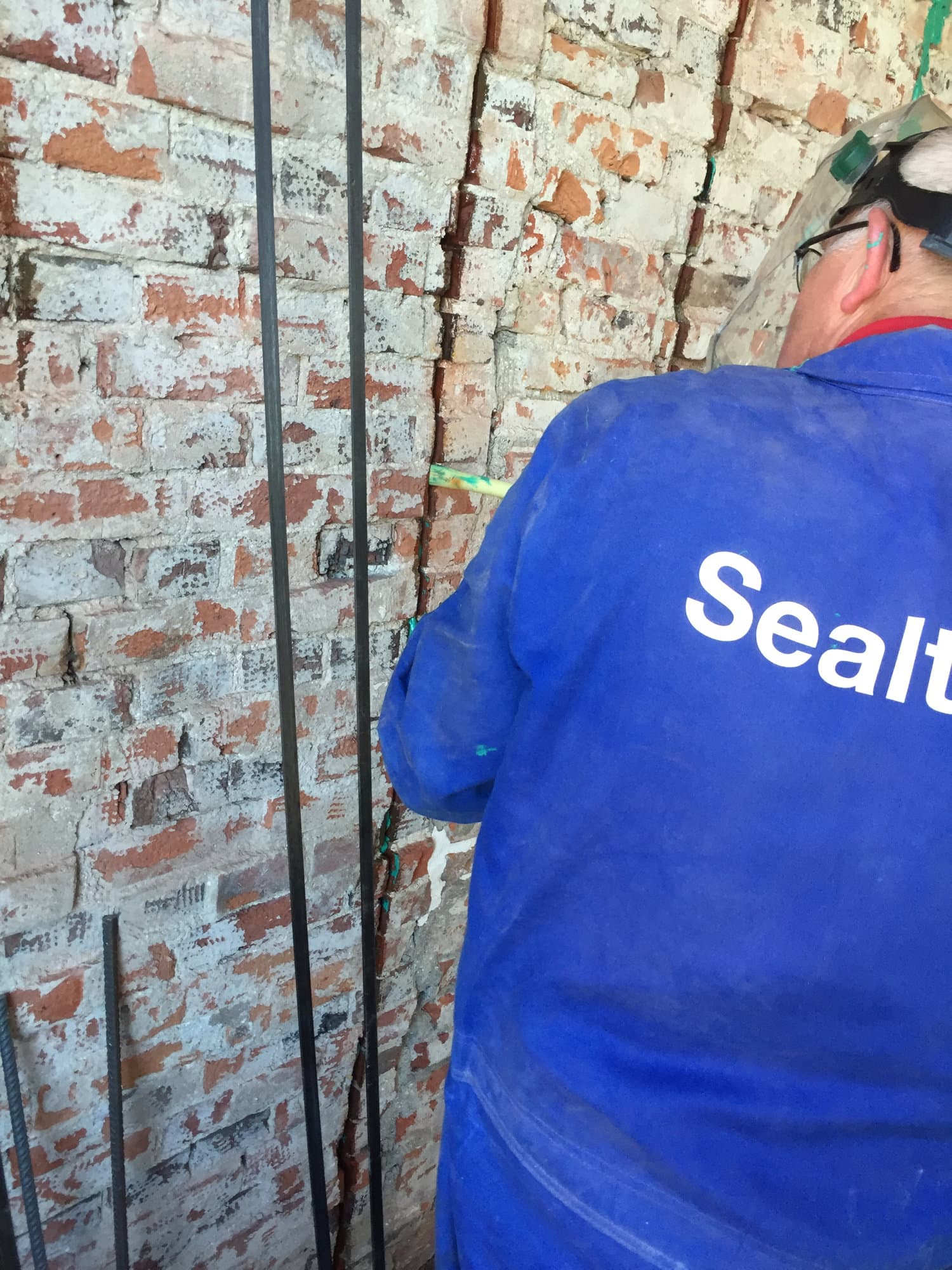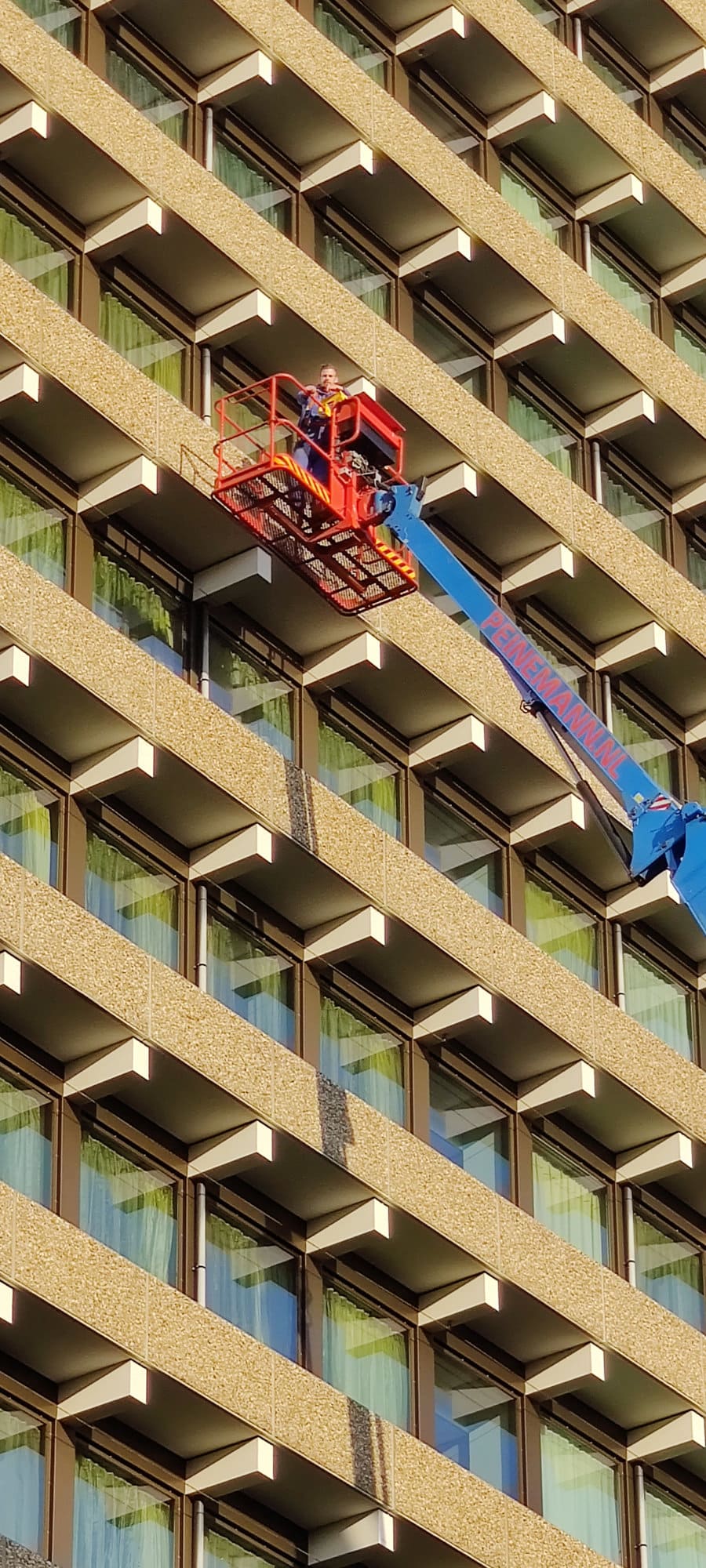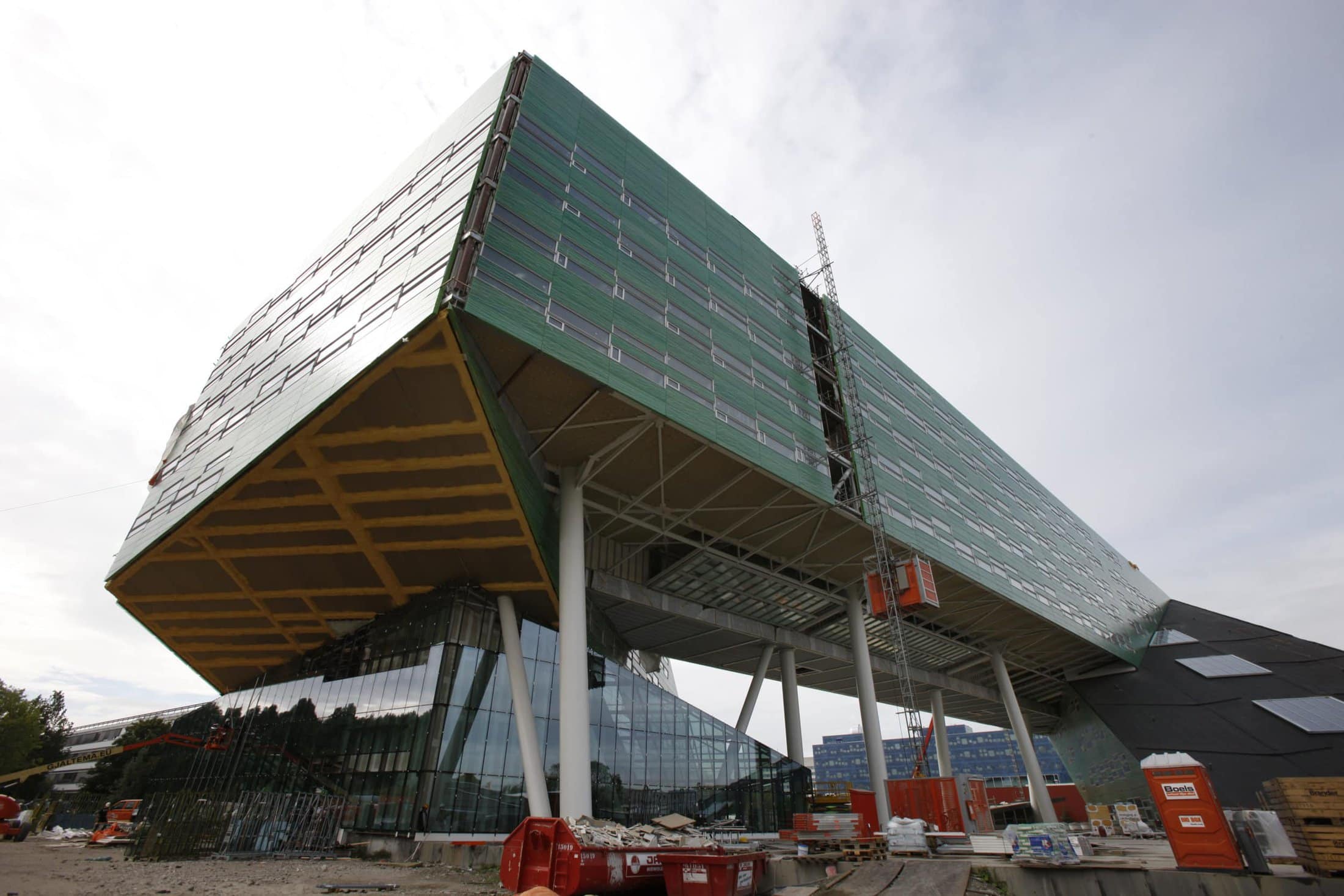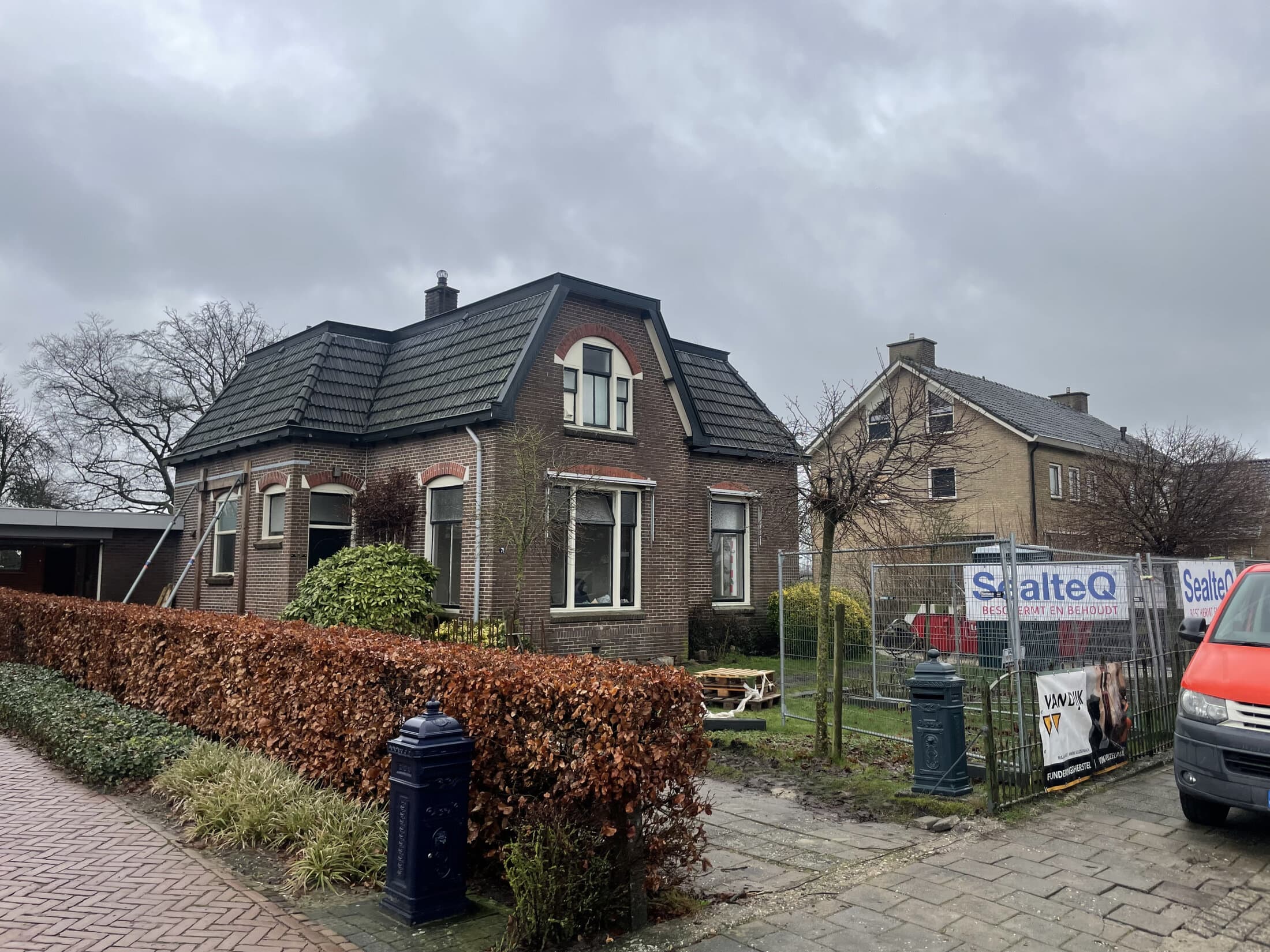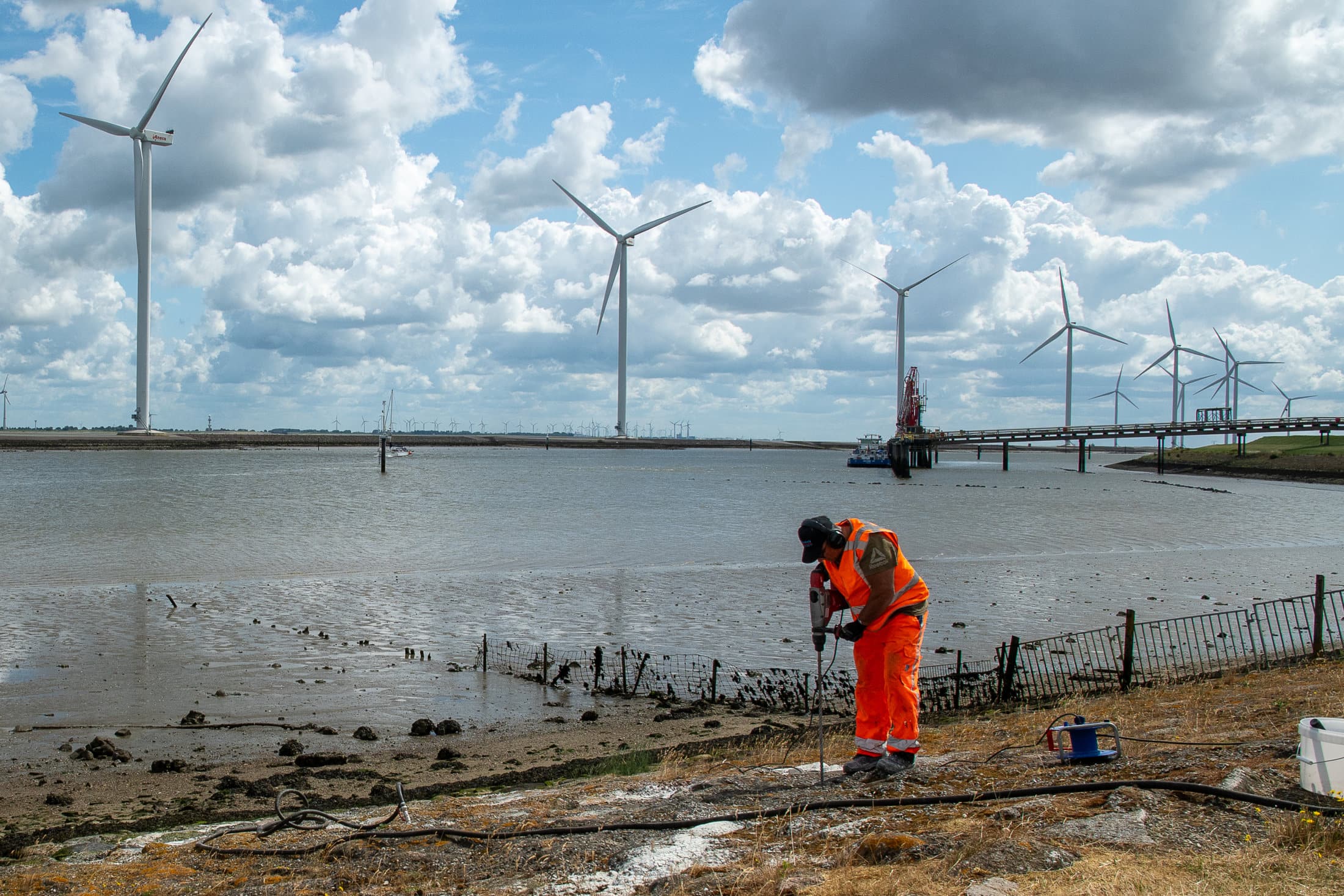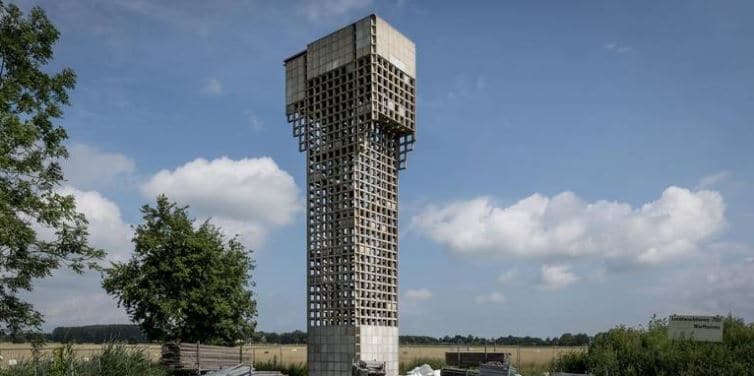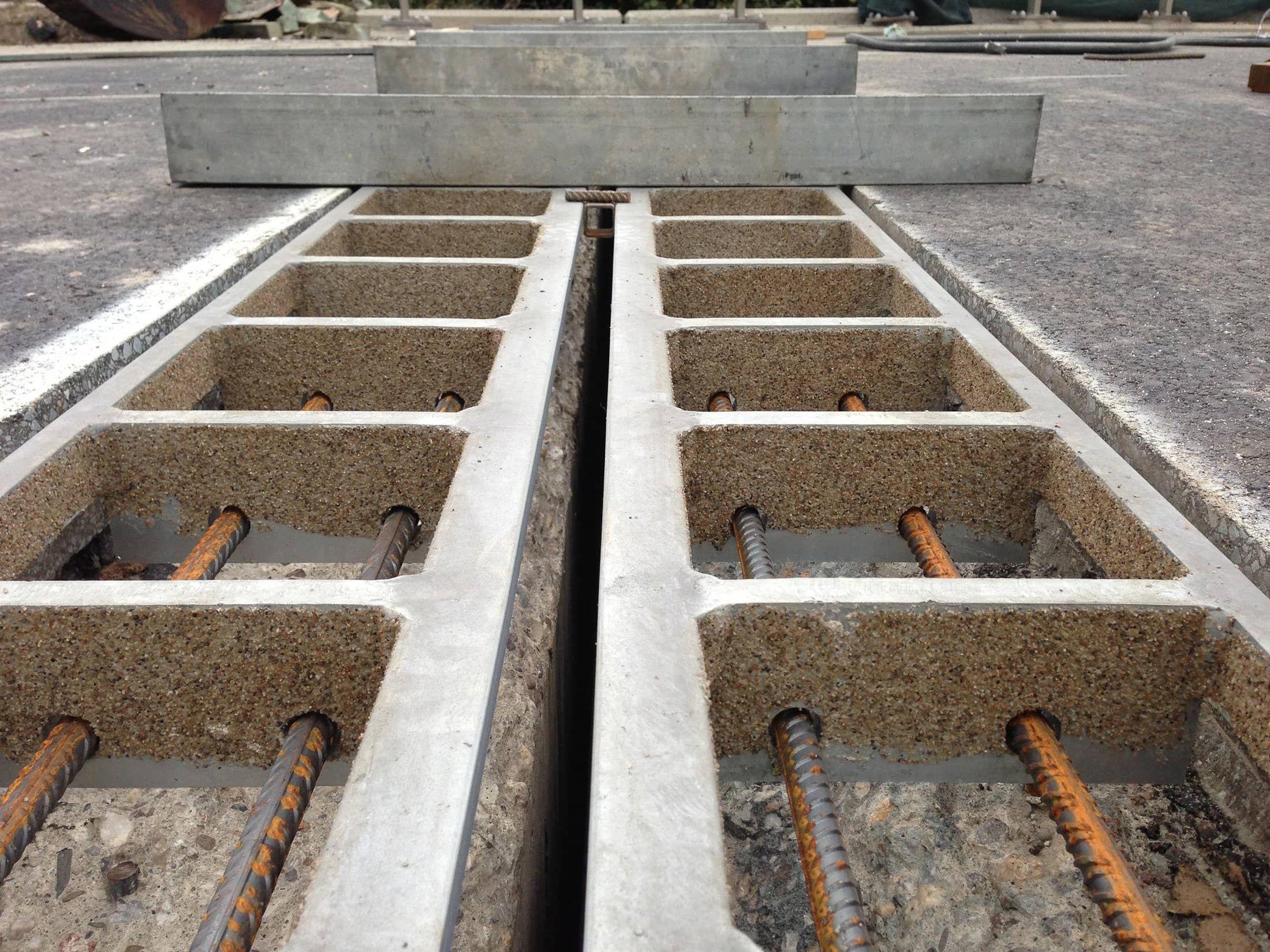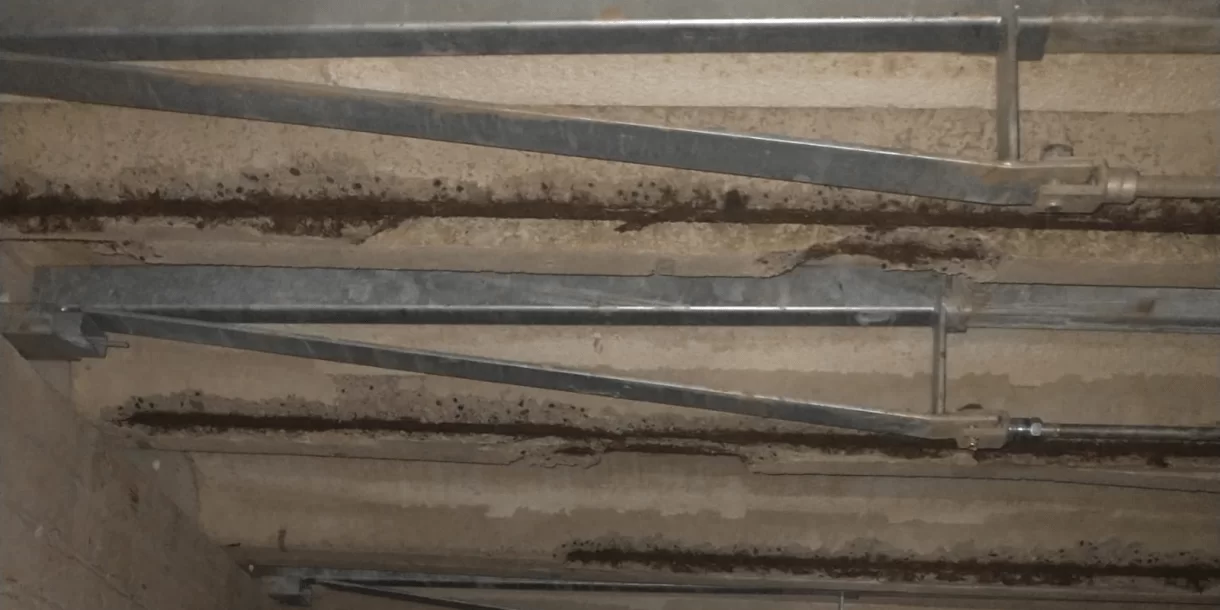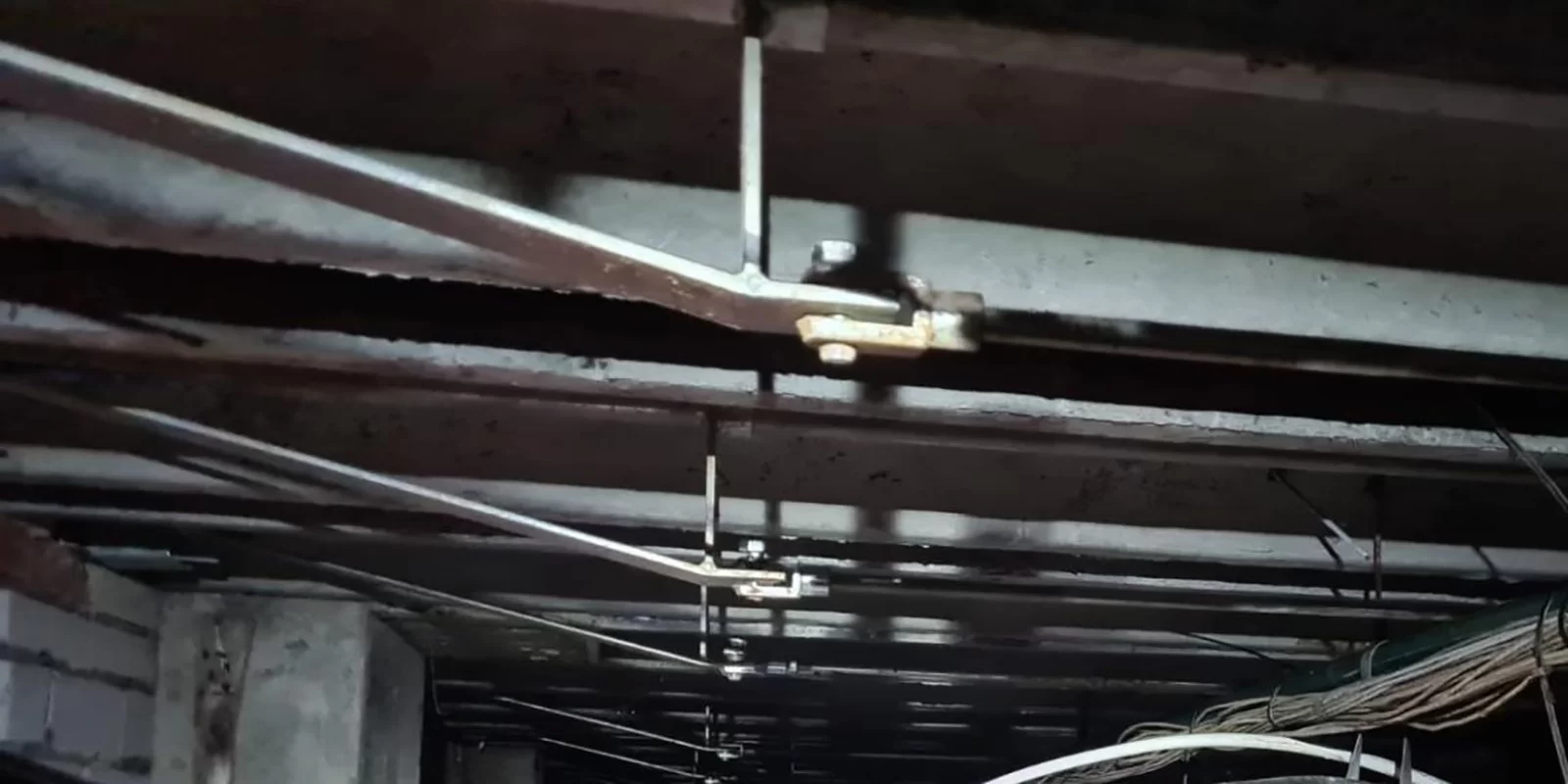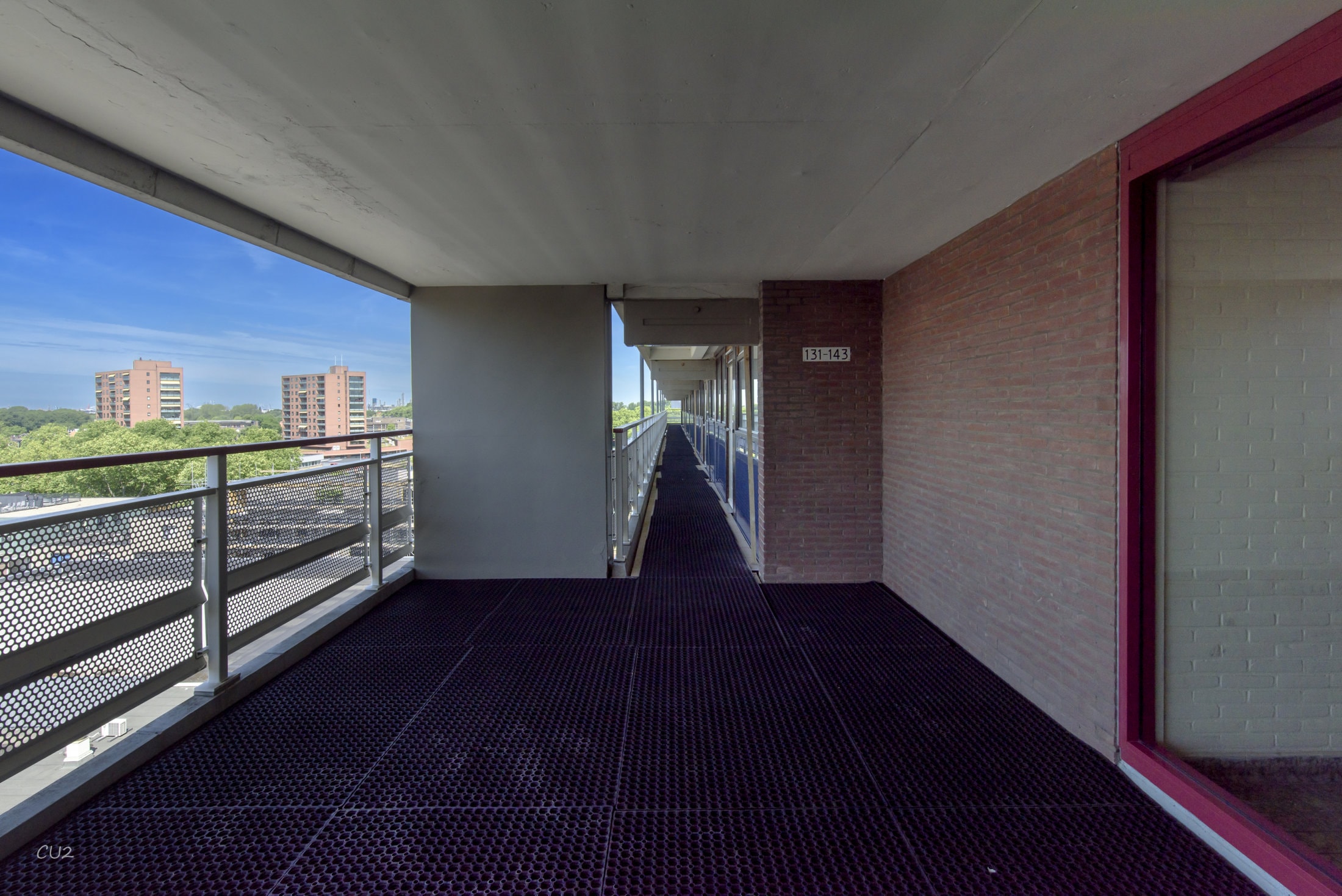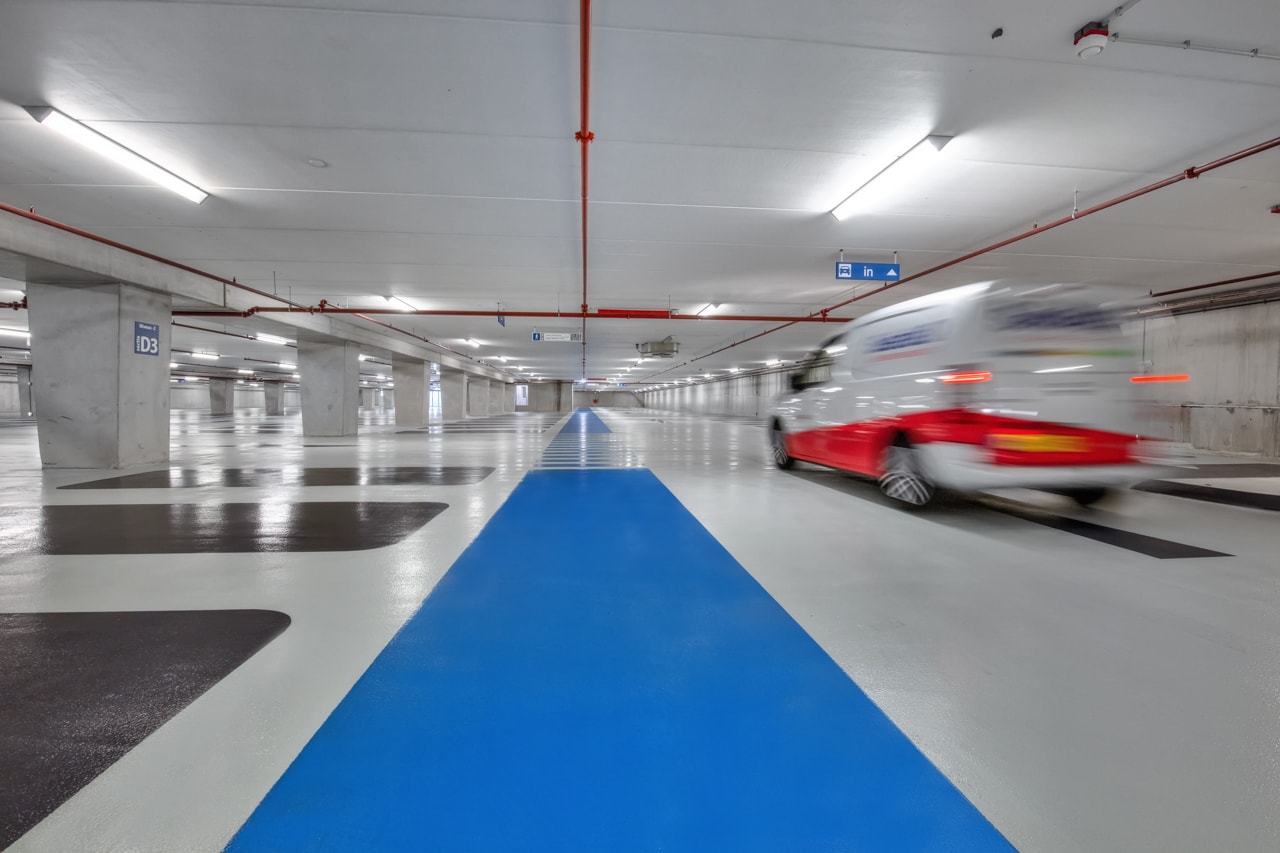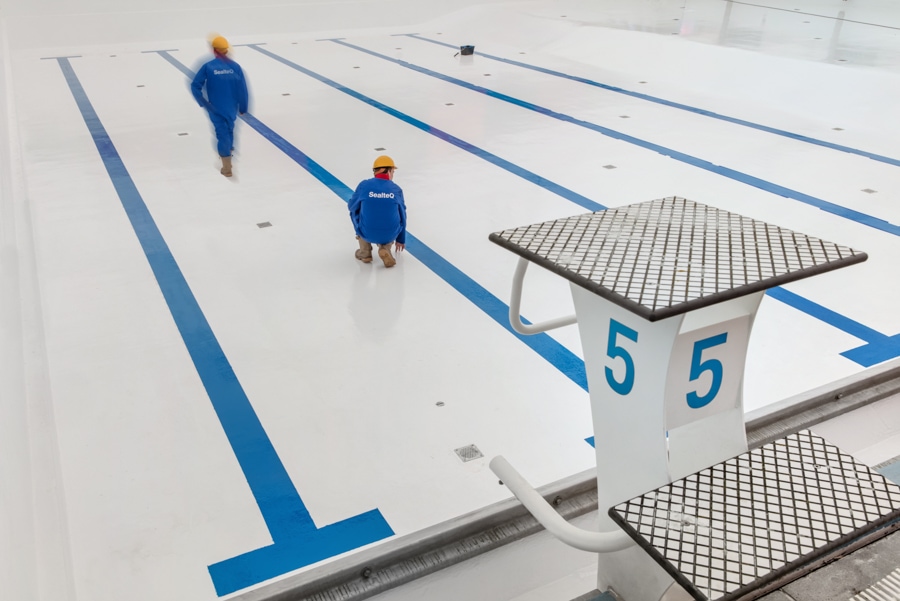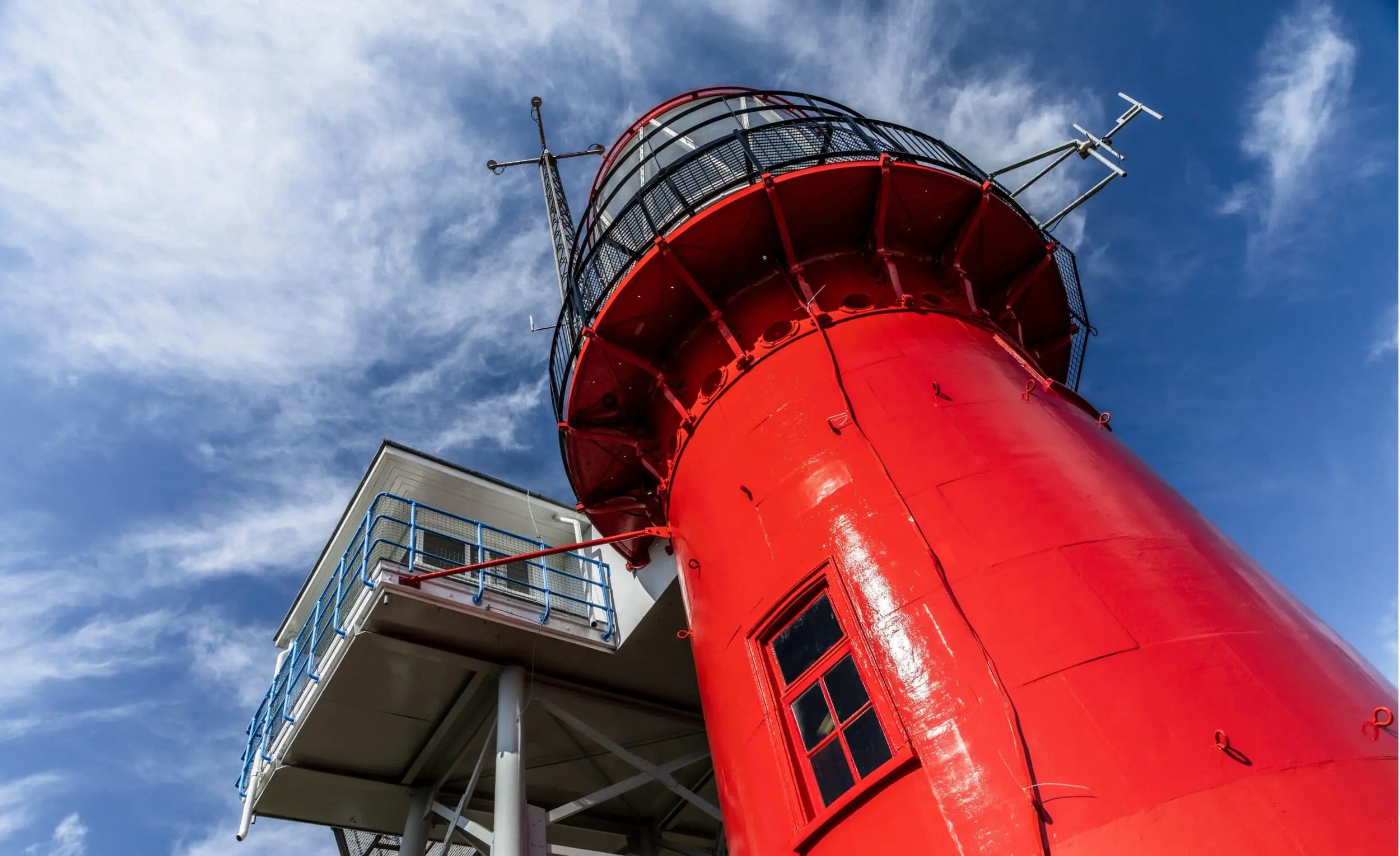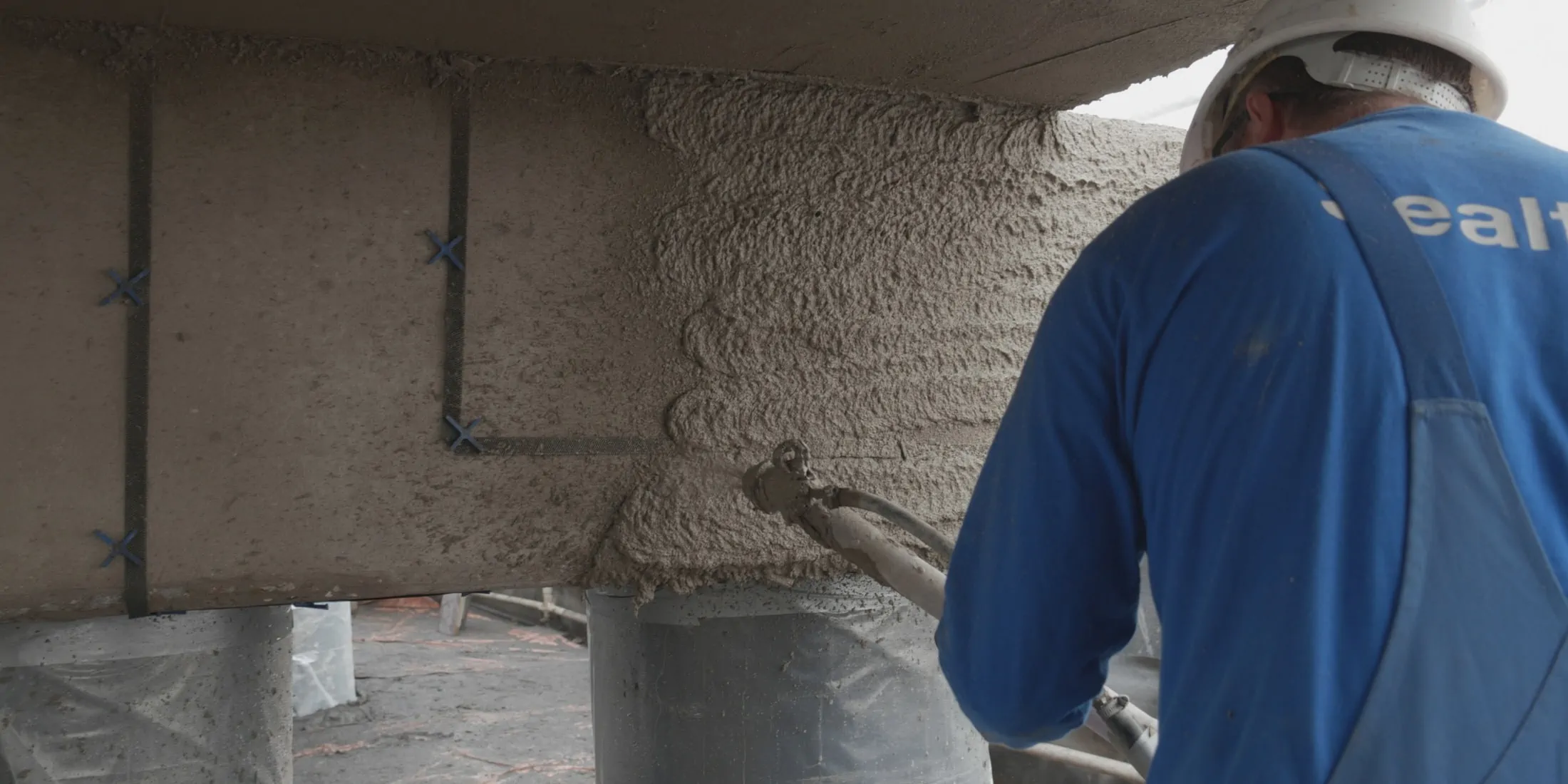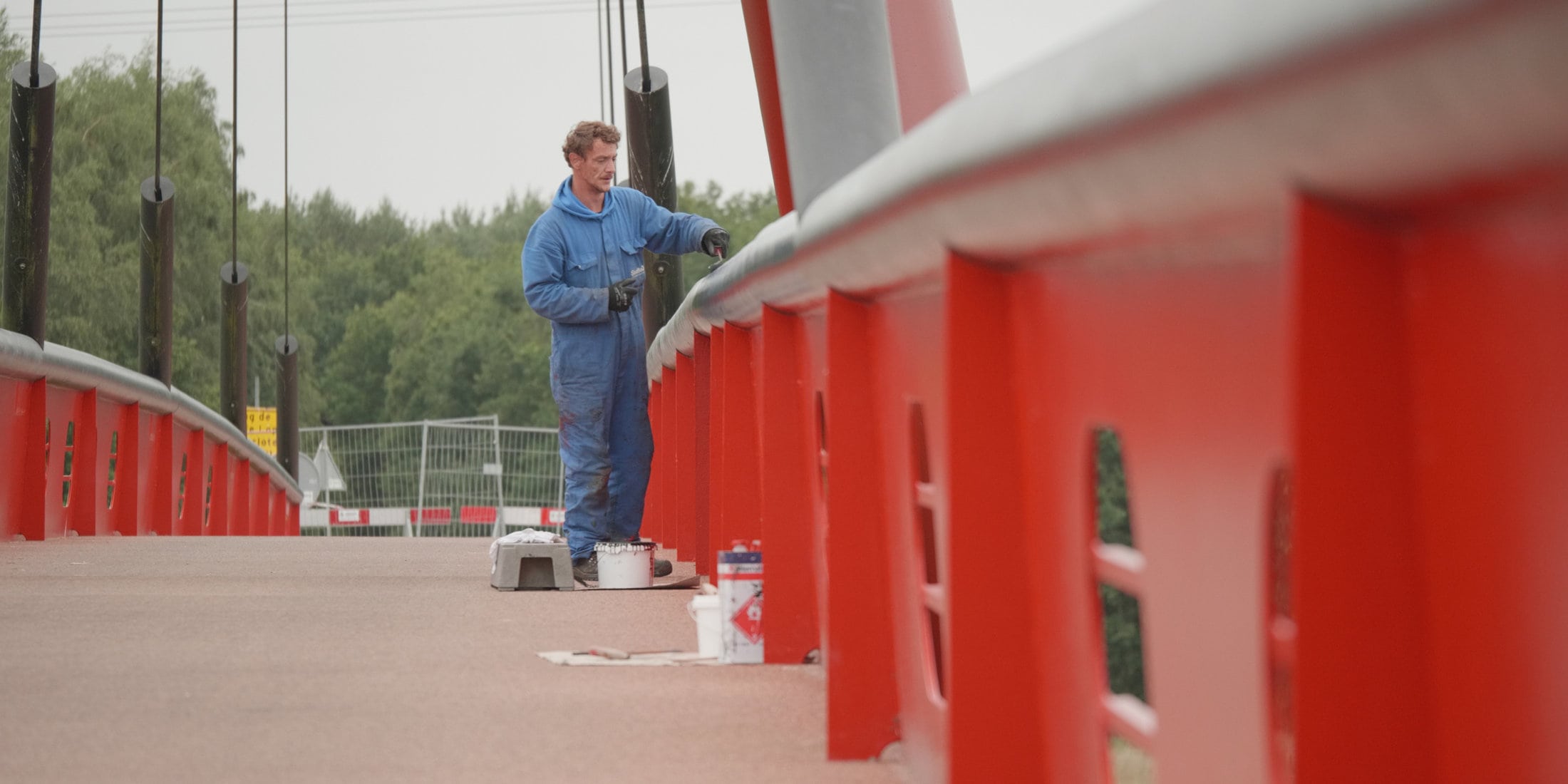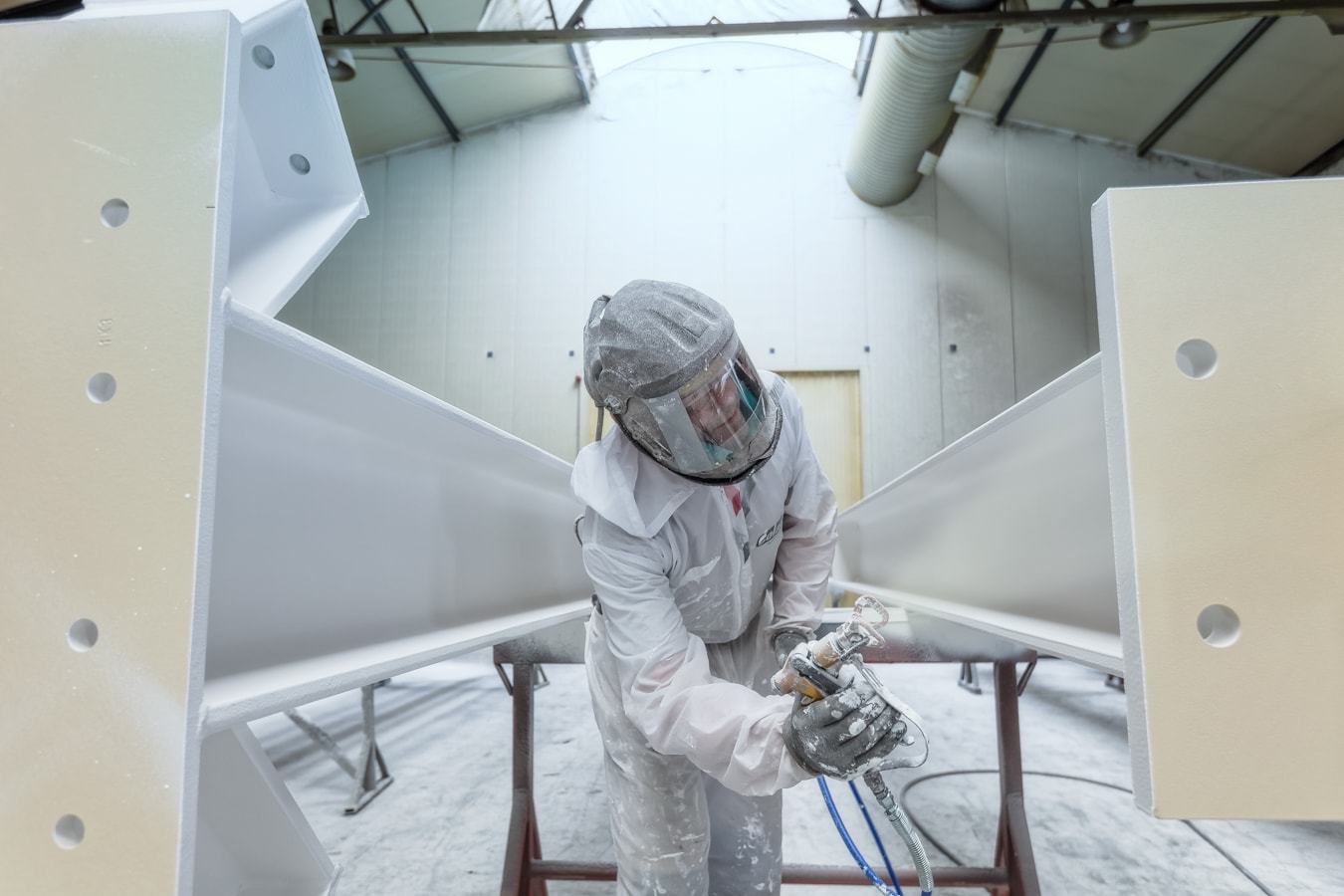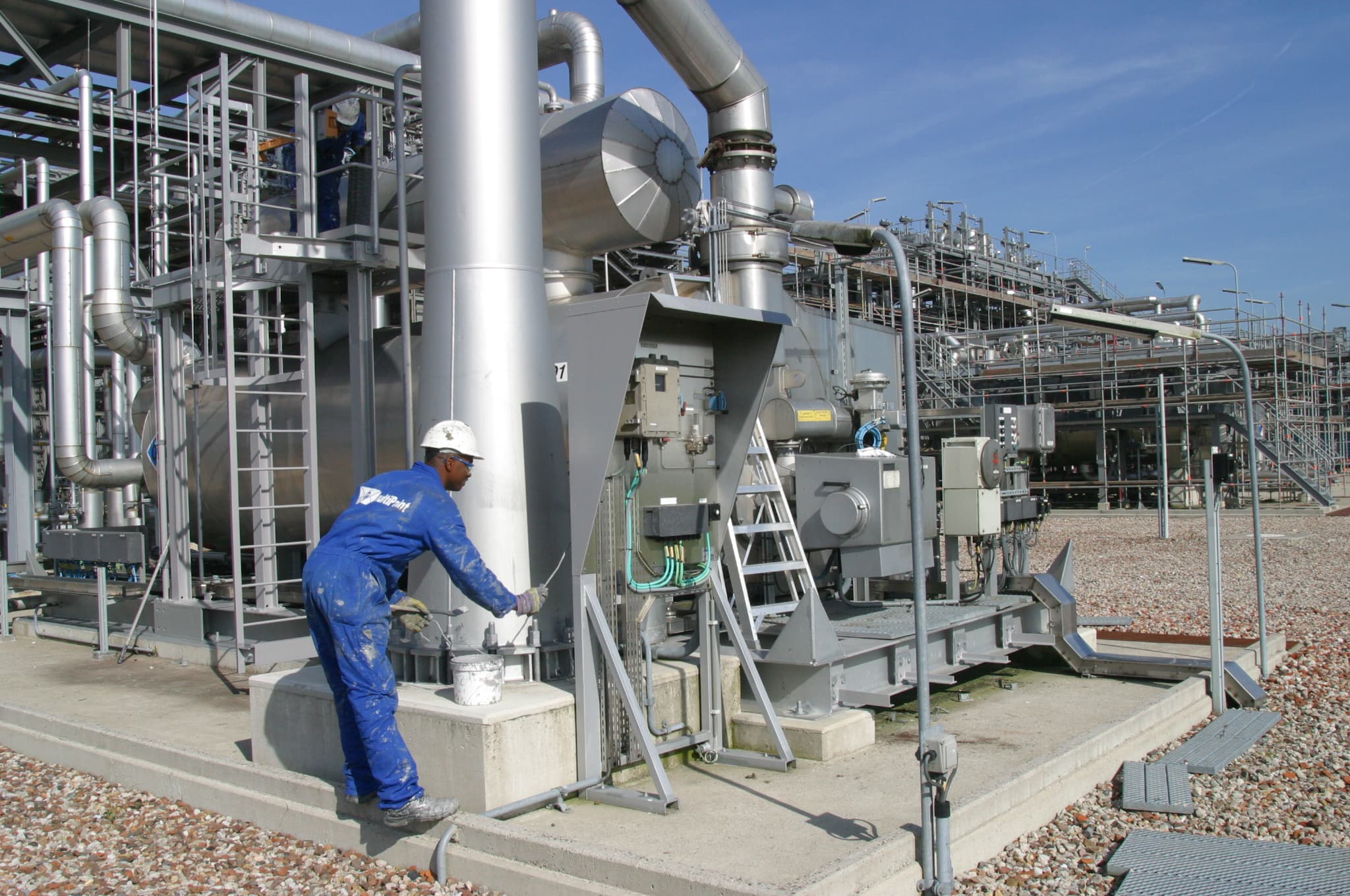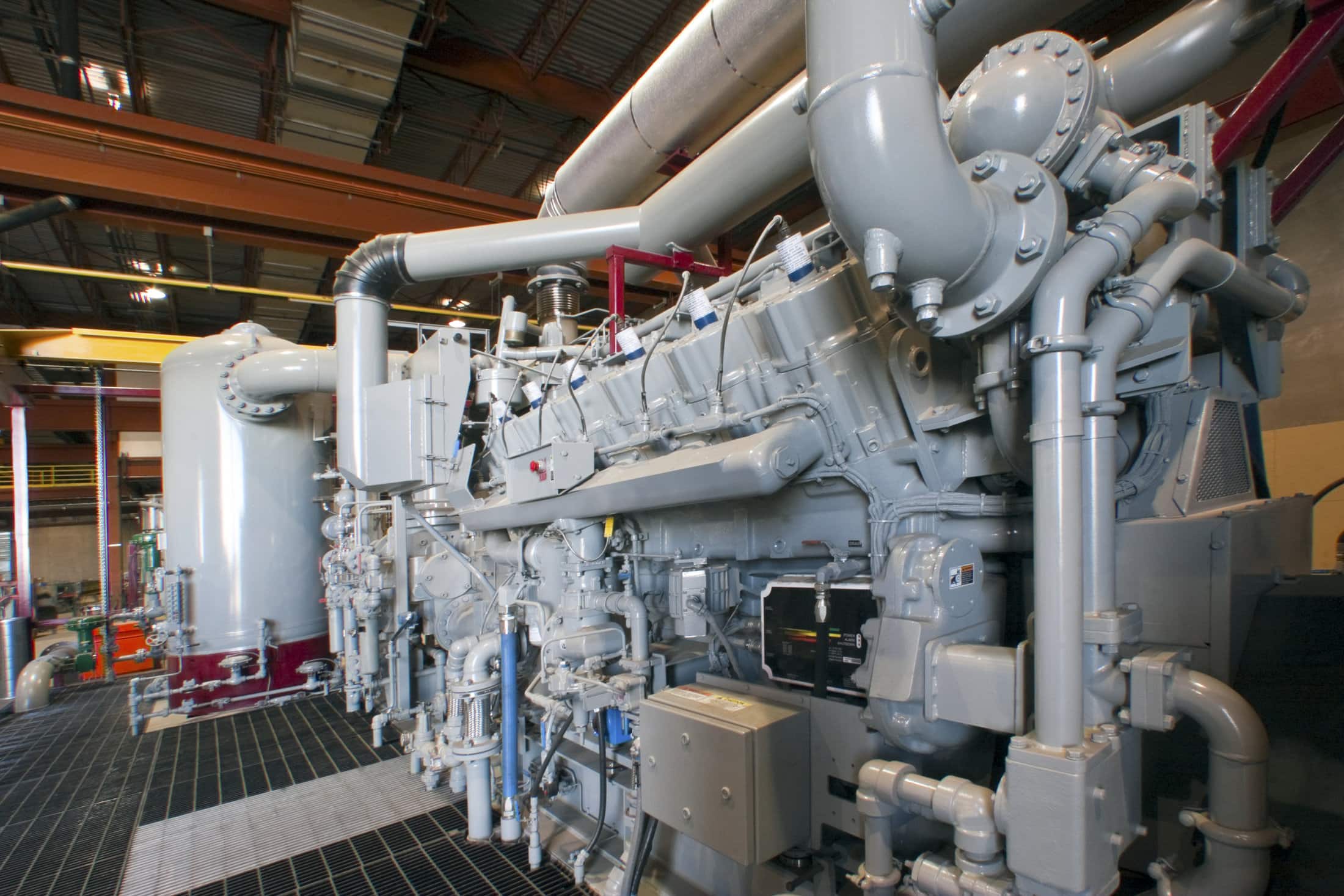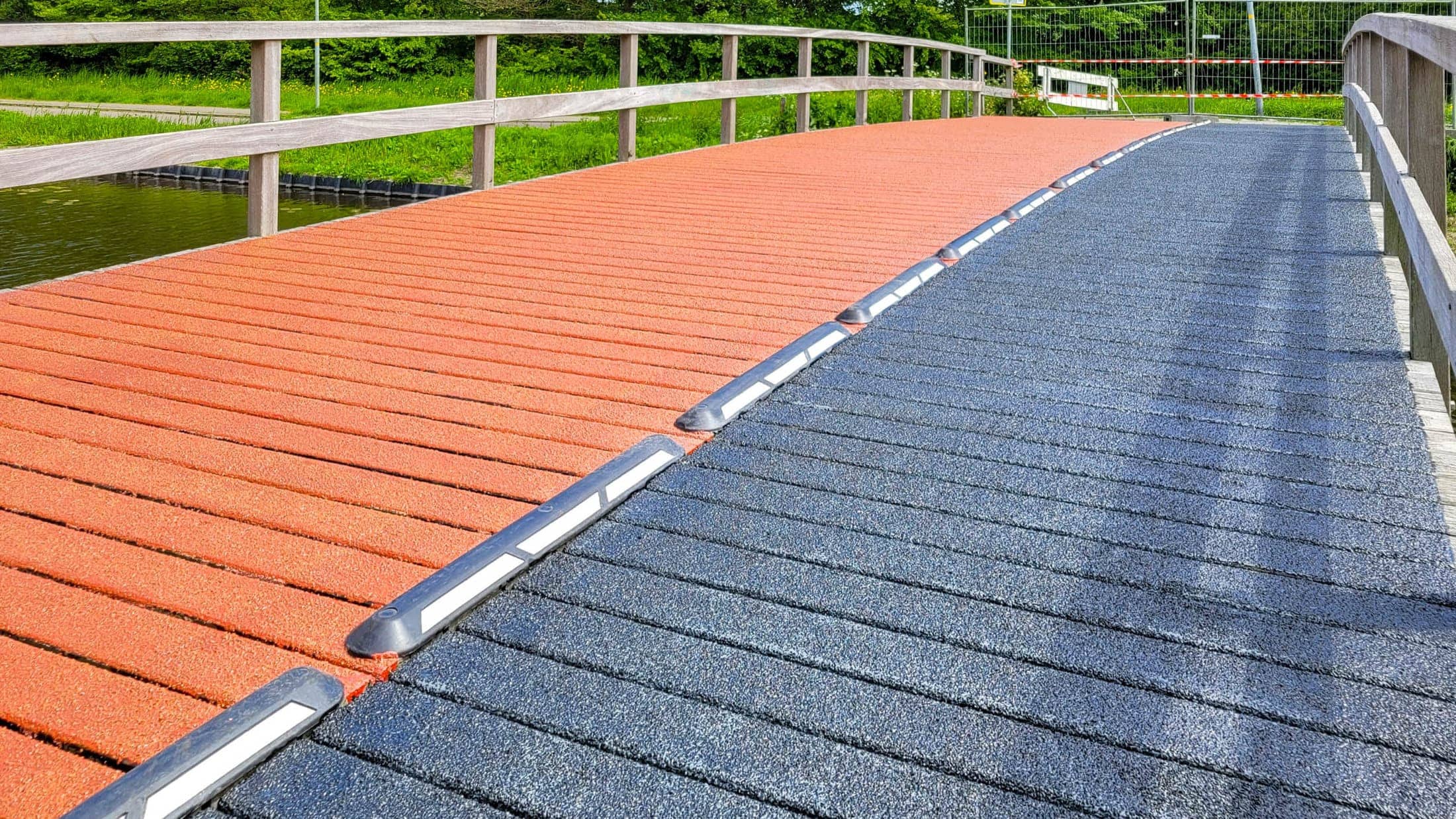Do you notice damage in the concrete structure of your home or business premises that seems to originate from the inside? It is possible that concrete cancer is present. If concrete cancer remains untreated, the damage will worsen and the strength of the structure will be affected. On this page, you can read how to recognize concrete cancer and how our specialists repair the damage.
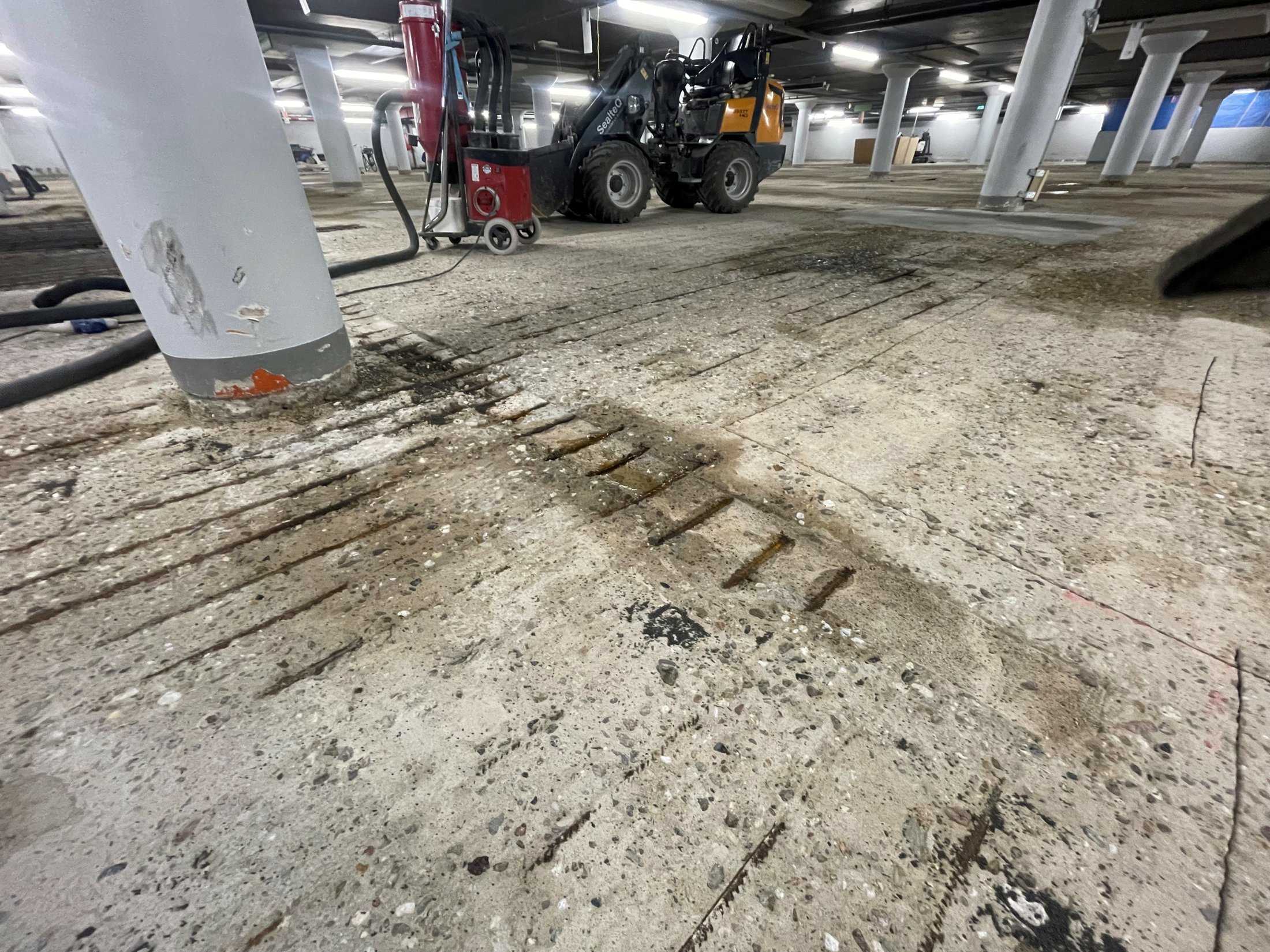
Concrete Rot
What is concrete cancer?
Concrete cancer is a process in which the concrete weakens because the reinforcement (steel bars inside the concrete) rusts. This happens when moisture and oxygen reach the reinforcement through cracks in the concrete or due to poor coverage. Rusting steel expands, causing the concrete to crack.
Although concrete is not an organic material that can rot, we do speak of concrete cancer. External influences such as the weather or corrosion of reinforcing steel (rust formation) can cause the concrete to become damaged. The concrete is affected by moisture or rust, with the result that the concrete structure weakens and can even subside. If you have recognized concrete cancer, it is important to take action quickly. This is to prevent structural damage that is difficult to repair.
How Does Concrete Cancer Arise?
Concrete cancer usually starts on the outside, because weather conditions such as rain and frost cause small cracks in the structure. Moisture penetrates the concrete through these cracks and reaches the reinforcing steel.
The rust that then forms on the reinforcement creates pressure against the concrete. New cracks arise from the inside, which damage not only the concrete, but also the binder or cement. The surface of the structure is, as it were, pushed apart and the concrete slowly crumbles due to the concrete cancer.
Concrete Cancer in the Ceiling
Have you recently discovered a leak in the ceiling of your building? Then it is also important to be alert to concrete cancer. The ceiling is a part of the structure that is extra sensitive to this. Water that ends up in the ceiling through a leak is more likely to remain there. The structure cannot dry properly and is constantly exposed to the adverse effects of moisture, resulting in a greater chance of concrete cancer. There is also usually little sunlight and ventilation, which maintains moisture in the ceiling and thus concrete cancer. SealteQ specializes in concrete repair of ceilings, so that the structure is sturdy and safe again.
How can you recognize concrete cancer?
You can recognize concrete cancer by cracks, crumbling concrete, rust stains or visible reinforcement. The concrete may also sound hollow when you knock on it. In addition, concrete cancer often leads to weakened structures, such as sagging balconies or cracks in floors.
In order to respond to concrete cancer in time and limit the damage as much as possible, it is important to pay attention to the following characteristics:
- Peeling paint or coating is often a first visible sign of the underlying problem.
- Unusual cracks and fissures can indicate concrete cancer. Pay particular attention to the reinforcement in the concrete, which looks like metal bars in the concrete. Are these rusty or protruding? Then this may be a sign of concrete problems.
- Rust stains indicate weakening of the concrete and corrosion of the reinforcing steel.
- Do you see changes in the structure of the concrete construction? Signs of aging or weakening concrete are possible signals of concrete cancer.
Tips to Prevent Concrete Cancer
Prevention is better than cure. This also applies to concrete cancer. With the following practical tips, you can ensure that you can prevent concrete cancer.
- Regular maintenance and inspection, at least once a year, to recognize any signs of concrete cancer in time.
- Waterproofing through the use of concrete coating, water-repellent agents or concrete hardeners. This way you can protect the concrete and prevent moisture from reaching the reinforcement.
- Use of high-quality concrete that is strong and made of strong materials such as cement and gravel.
- Repairing small cracks prevents water from penetrating directly into the concrete.
The consequences of concrete cancer
If you recognize signs of concrete cancer, it is important to act quickly. The longer you wait, the greater the risk of serious damage:
- Loss of strength: various parts of the concrete, including the concrete reinforcement and the binder, are affected by the concrete cancer. As a result, the concrete loses its original strength and stability.
- More cracks: the pressure caused by concrete cancer and reinforcement corrosion causes existing cracks to become larger. The concrete becomes weaker and parts can break off.
- Rust damage: concrete cancer is in fact associated with rust formation on the reinforcement. On the one hand, concrete cancer ensures that moisture and oxygen can reach the reinforcement and cause corrosion, on the other hand, concrete cancer is made worse by the presence of corrosion. There is therefore a constant interaction that maintains the damage.
- External damage: in addition to problems with the strength, concrete cancer also causes visible damage that affects the aesthetics of the structure. This includes peeling paint, discoloration and an aged appearance of the concrete.
Rust formation on the reinforcement, increase in cracks and loss of strength are consequences of concrete cancer, which ultimately compromises safety. In particular, damage to support beams or foundations can cause subsidence or breaking debris.
Is Concrete Cancer a Hidden Defect?
Concrete cancer can be considered a hidden defect if it is not visible or noticeable when purchasing a home. This defect may only come to light later, for example after inspection or renovation, and may entitle the buyer to compensation or repair under certain conditions.
Repairing concrete cancer
Repairing concrete cancer yourself is possible for smaller surfaces, provided you use the correct materials and techniques. It requires careful removal of damaged concrete, cleaning of rust, and application of repair mortar. However, for larger or structural damage, it is advisable to call in a specialist.
You will need the following materials to repair concrete cancer:
- Concrete cancer remover: For removing loose and damaged concrete.
- Rust-resistant primer: For protecting the reinforcement.
- Repair mortar: For filling the repaired areas.
- Protective coating: For extra protection against moisture and corrosion.
We recommend using professional products to ensure the repair is durable.
Concrete cancer repair: SealteQ helps
To prevent the damage to the concrete from getting worse, you can consult our specialists. We are ready to help you repair concrete cancer. The execution of our projects begins with thorough preparation and, where necessary, we offer aftercare in the form of any additional concrete repairs, concrete renovation and concrete coating.
SealteQ is a respected company with multiple specializations. We attach great importance to safety, innovation, reliability, flexibility and sustainability. By complying with the established standards, our clients can be confident that their tasks are carried out in accordance with the applicable quality criteria.
Our certificates are not only checked internally by our quality department, but we also undergo regular external audits and checks to ensure that we continue to comply with these regulations. This ensures that our quality standards are continuously maintained.


